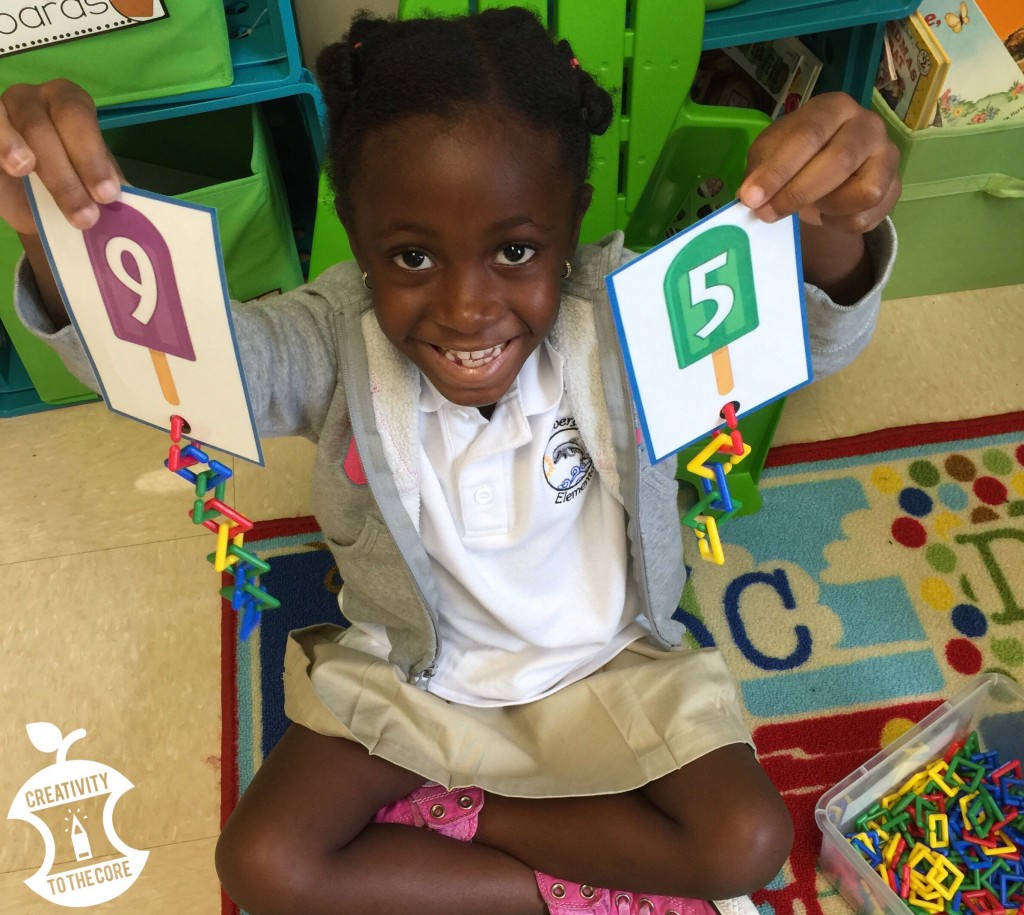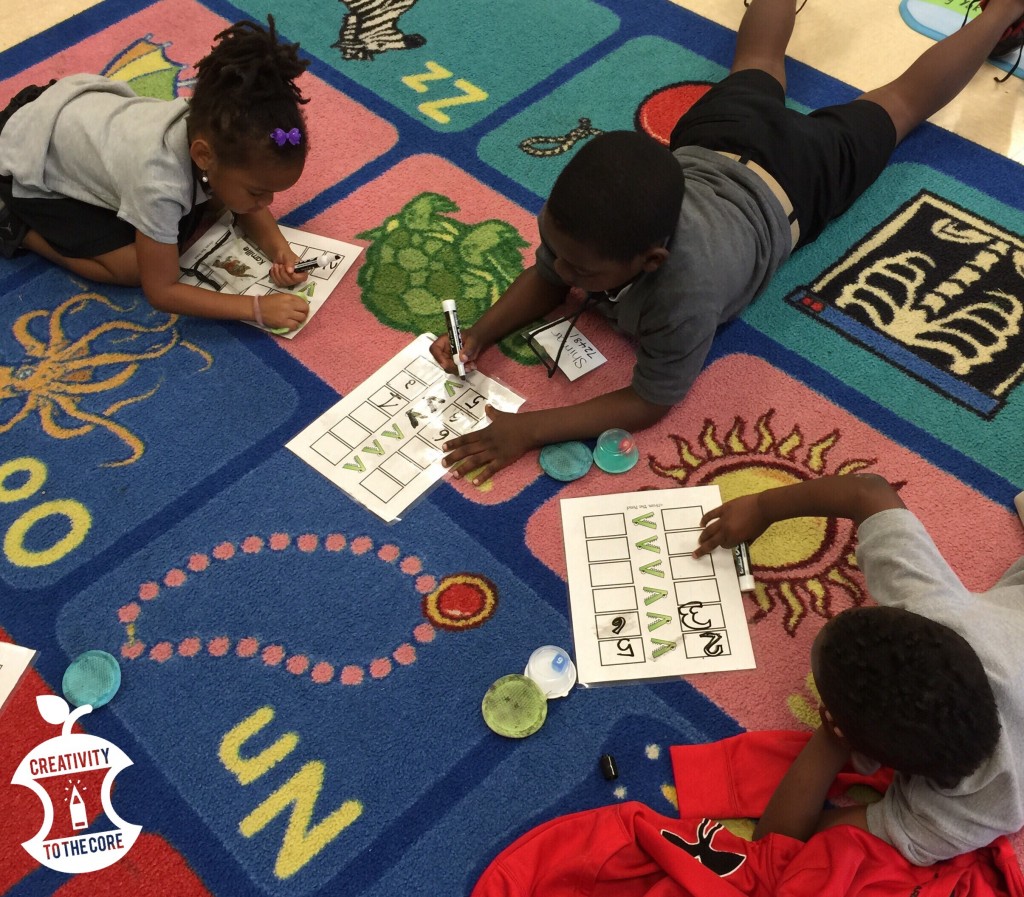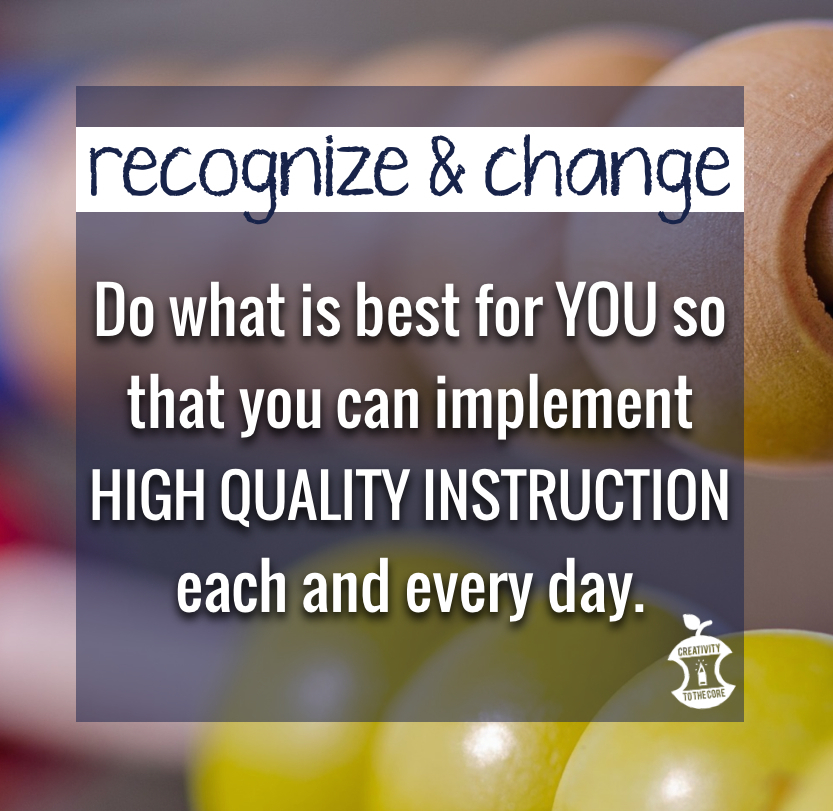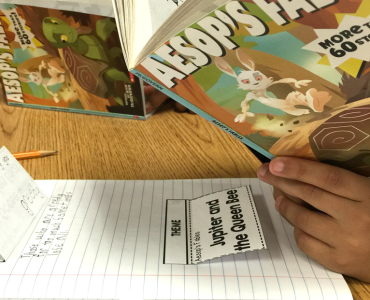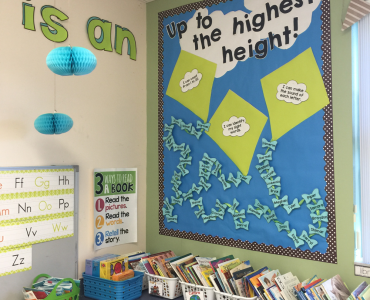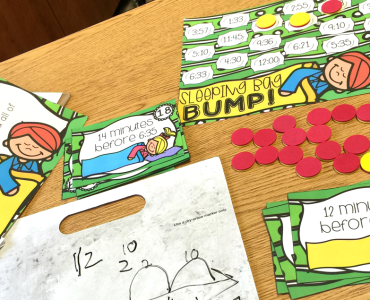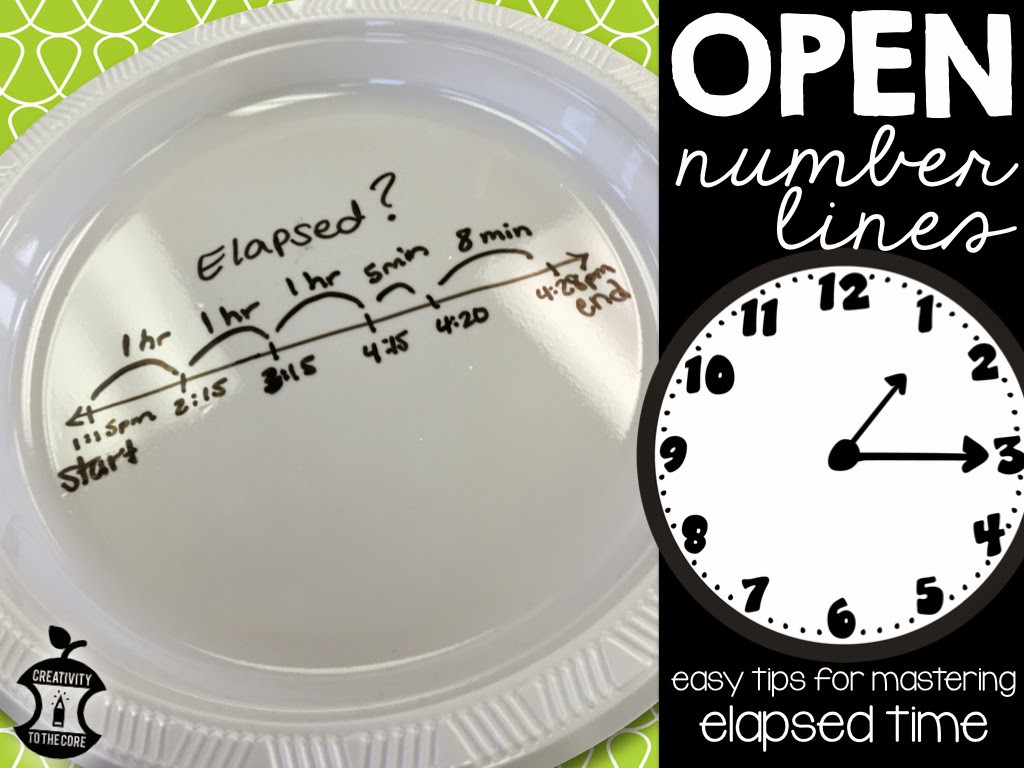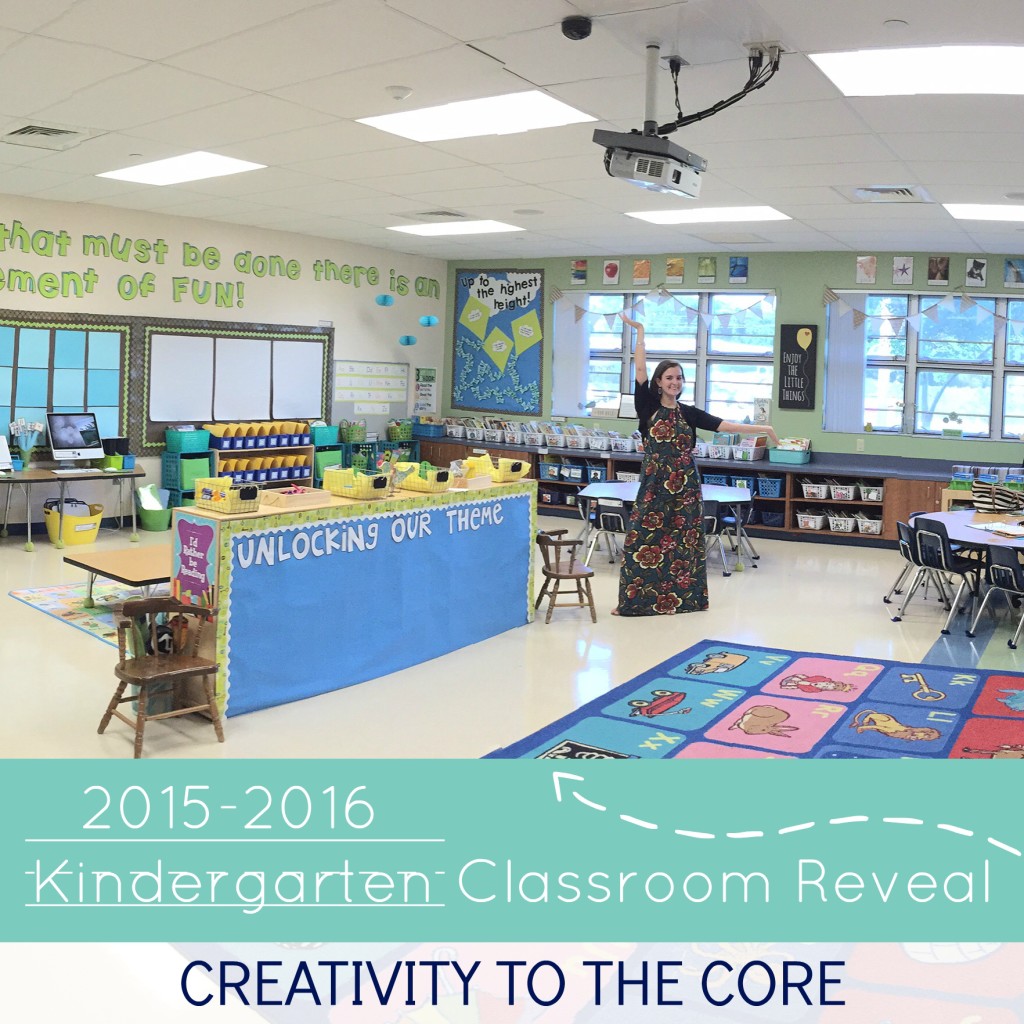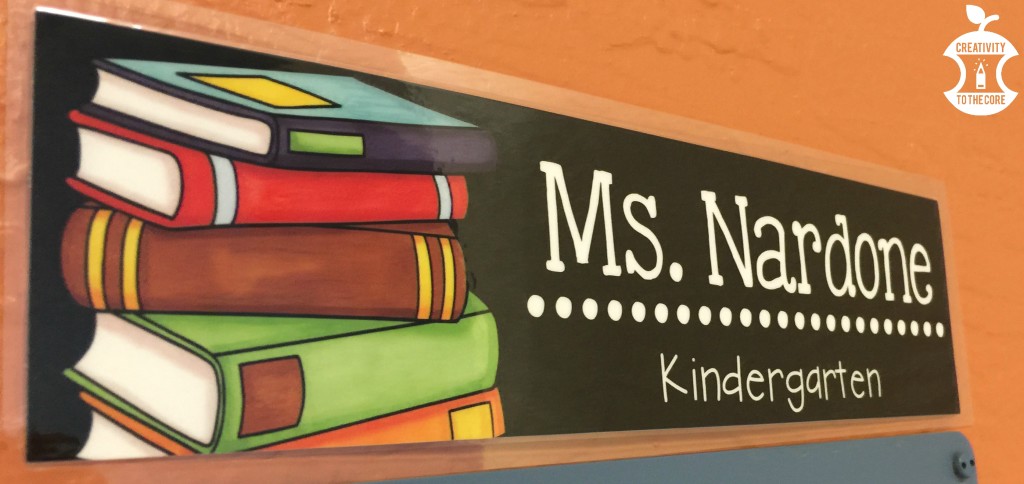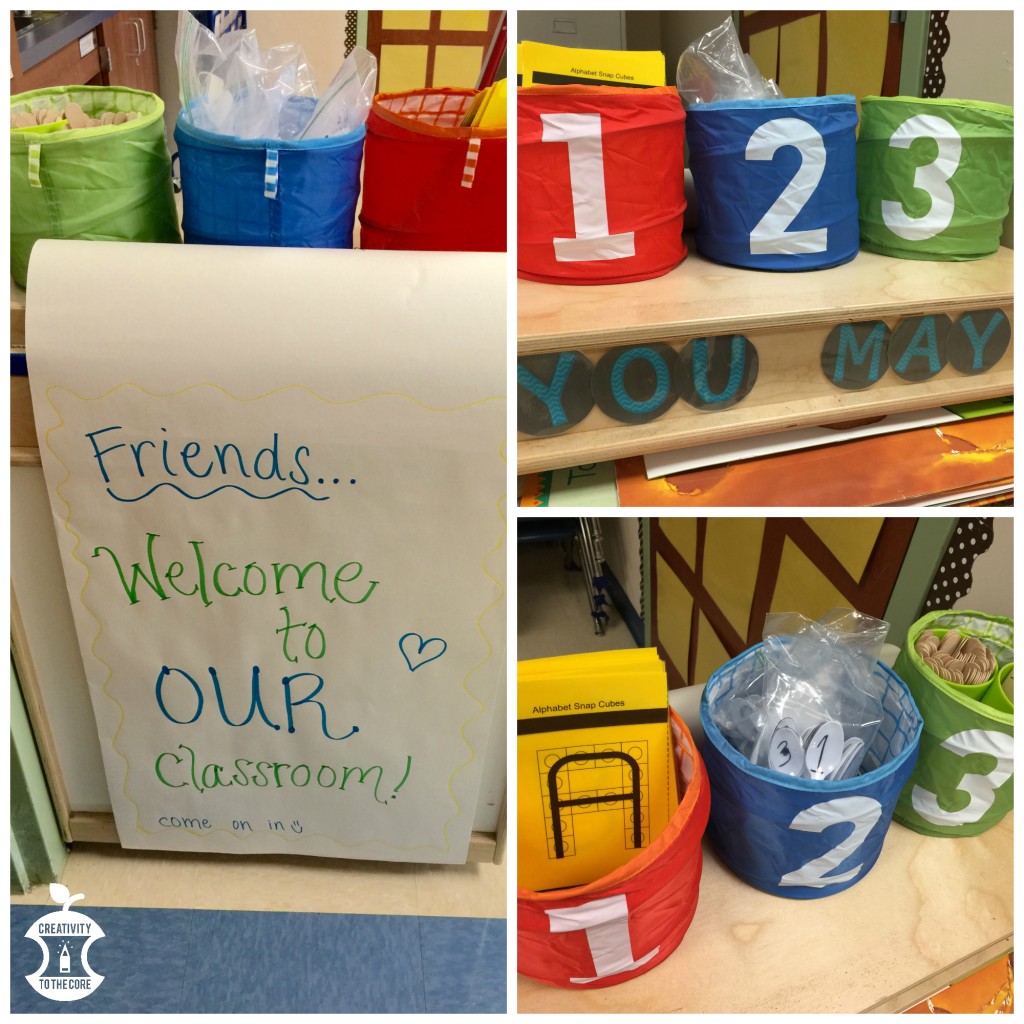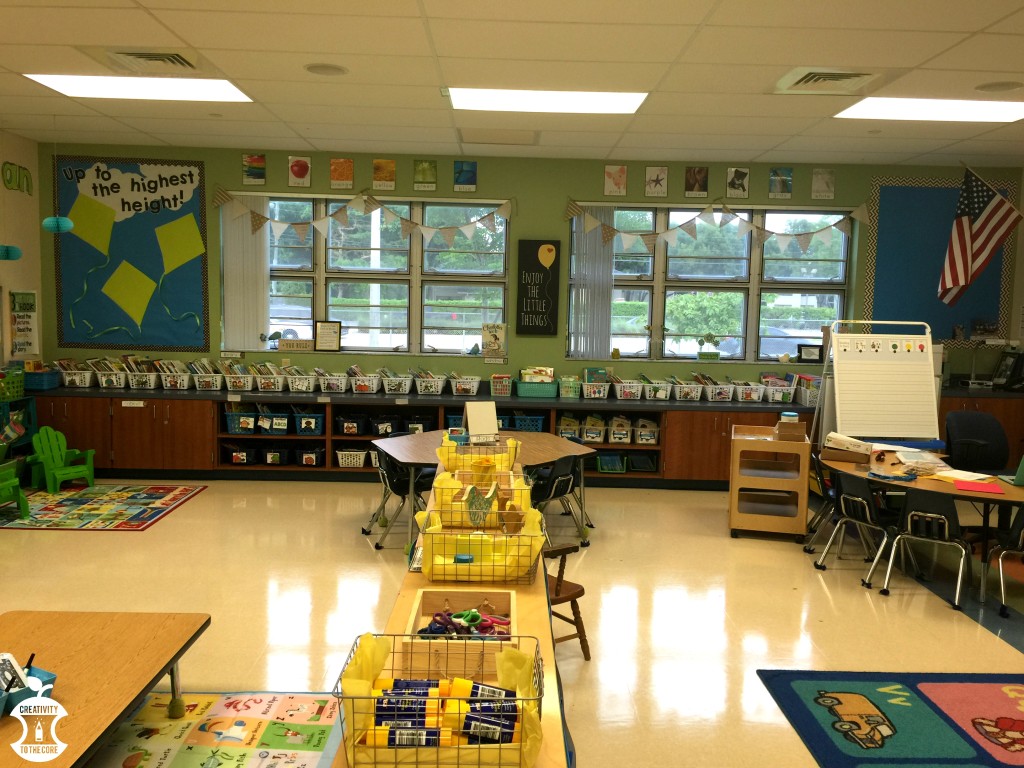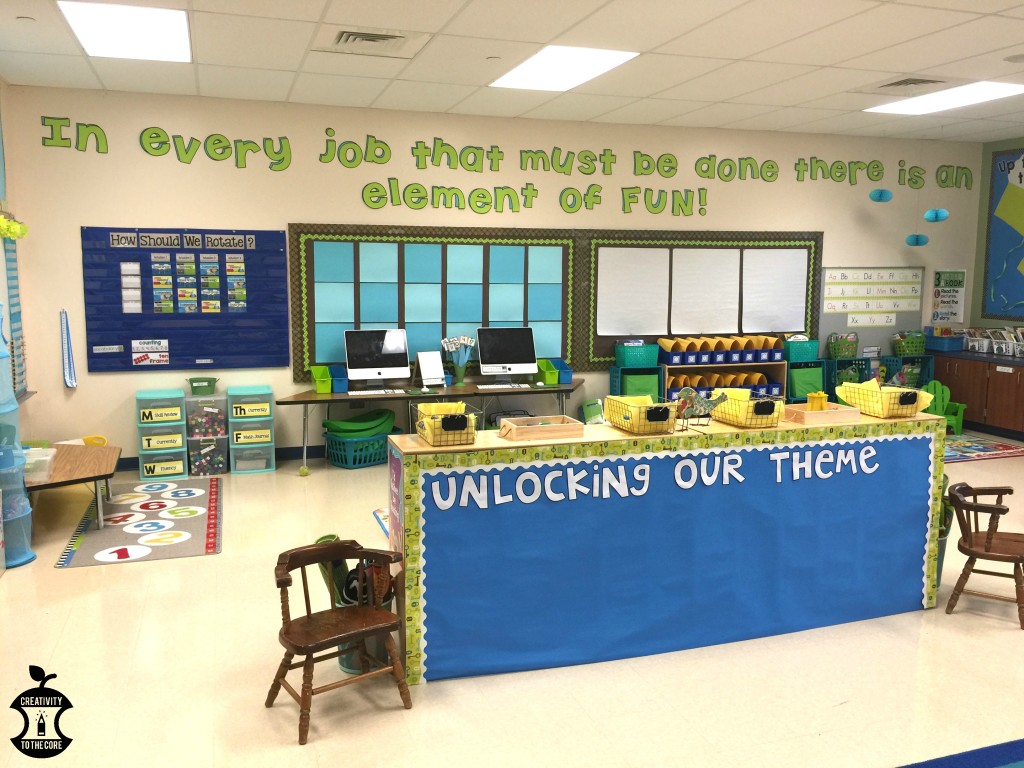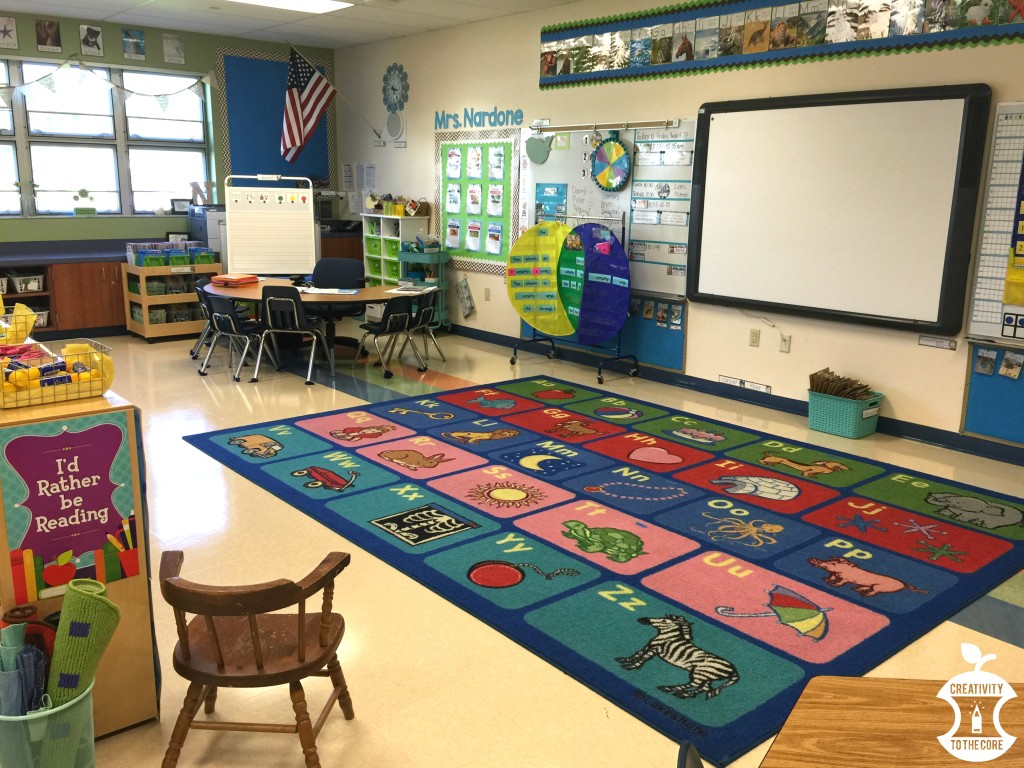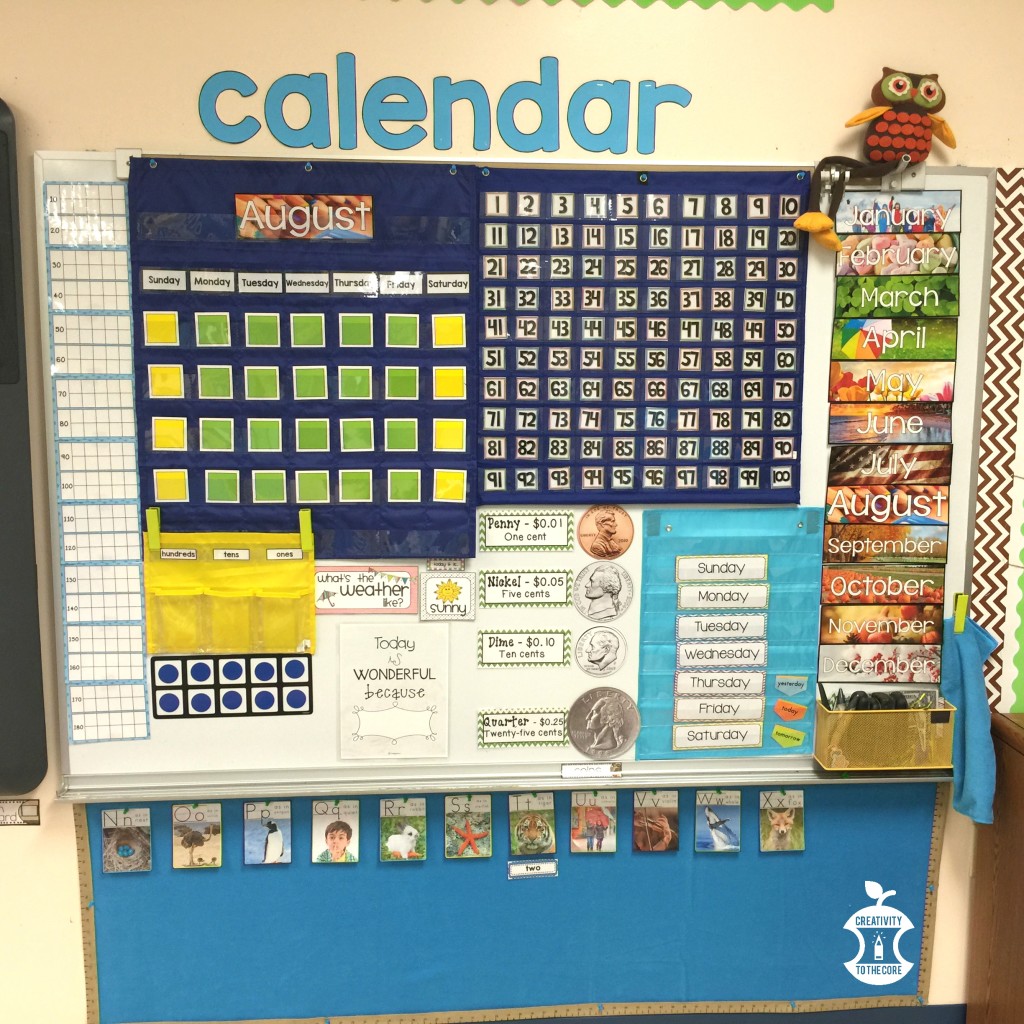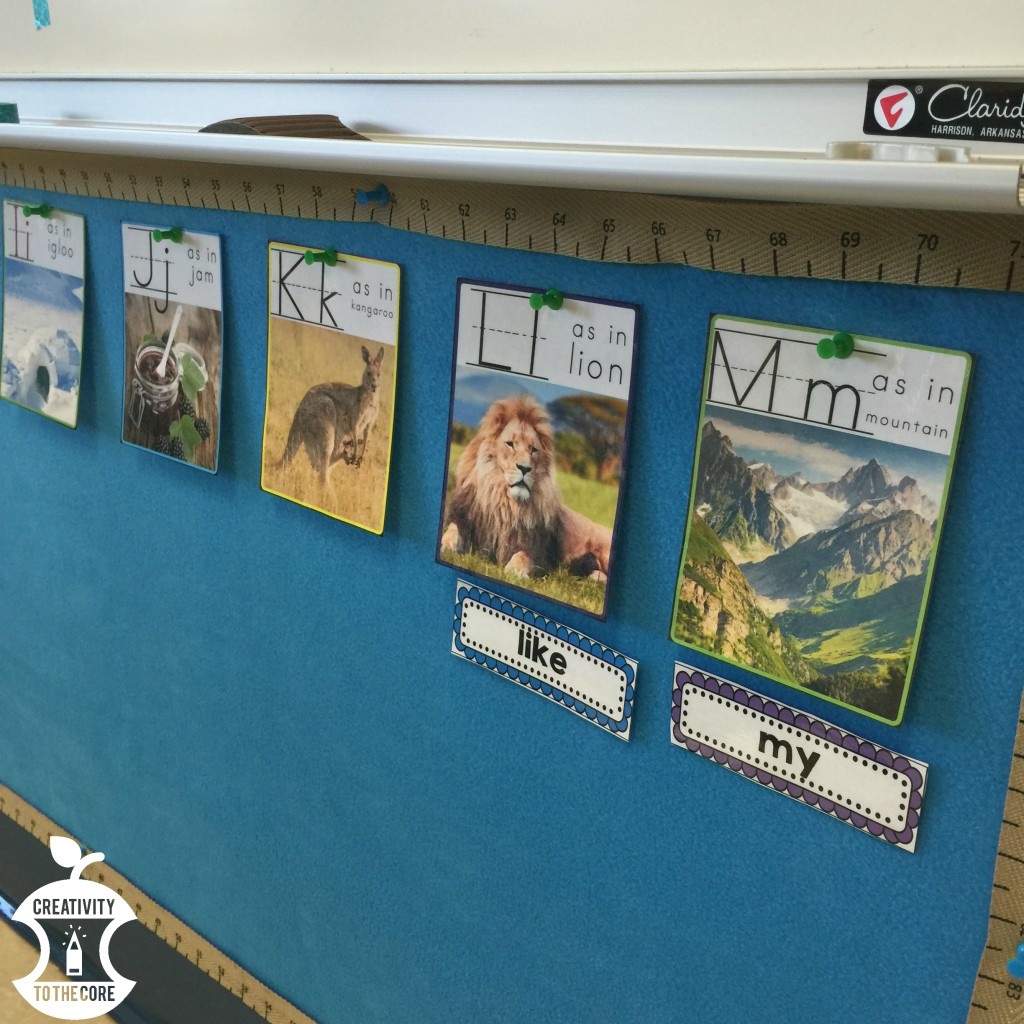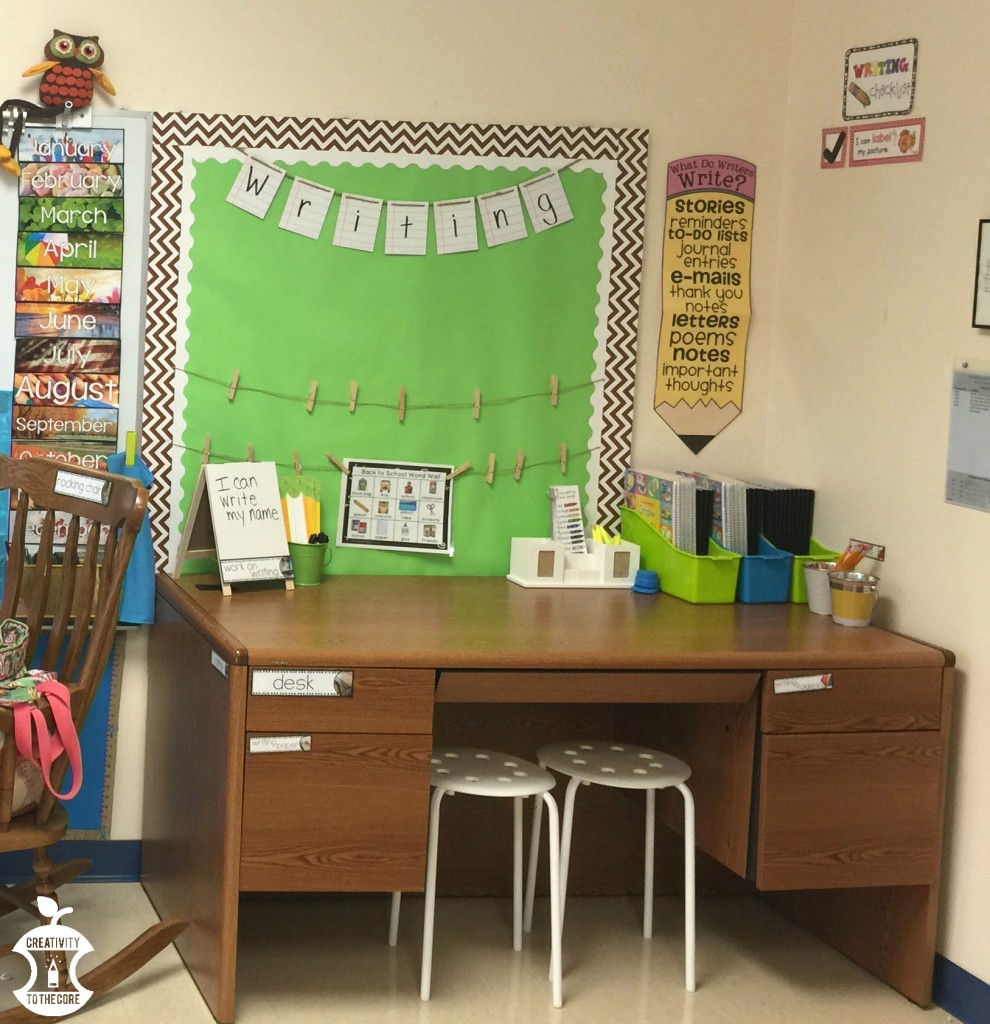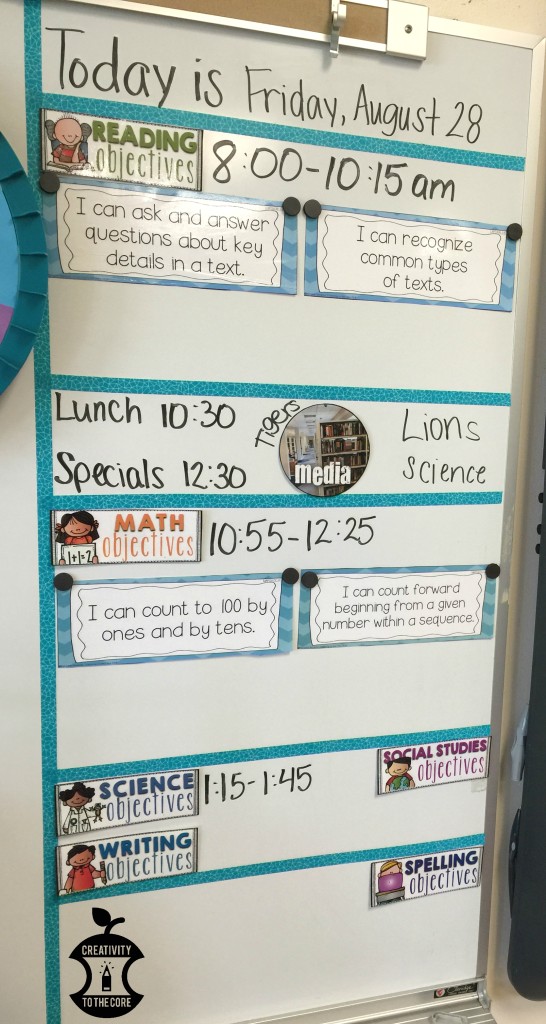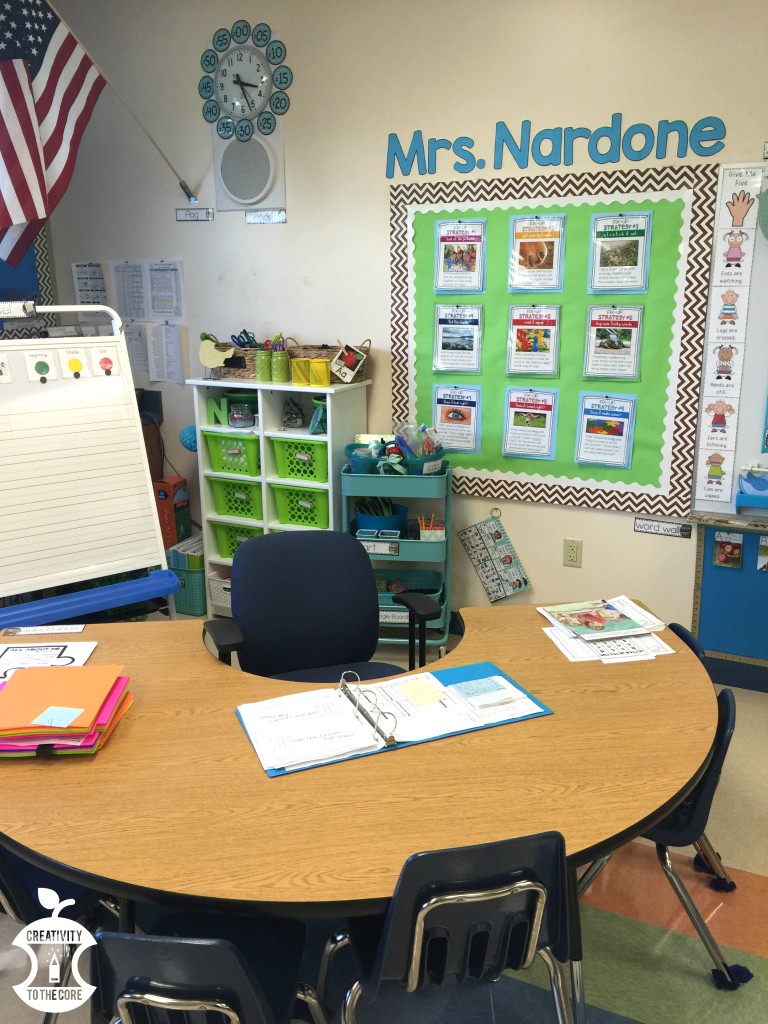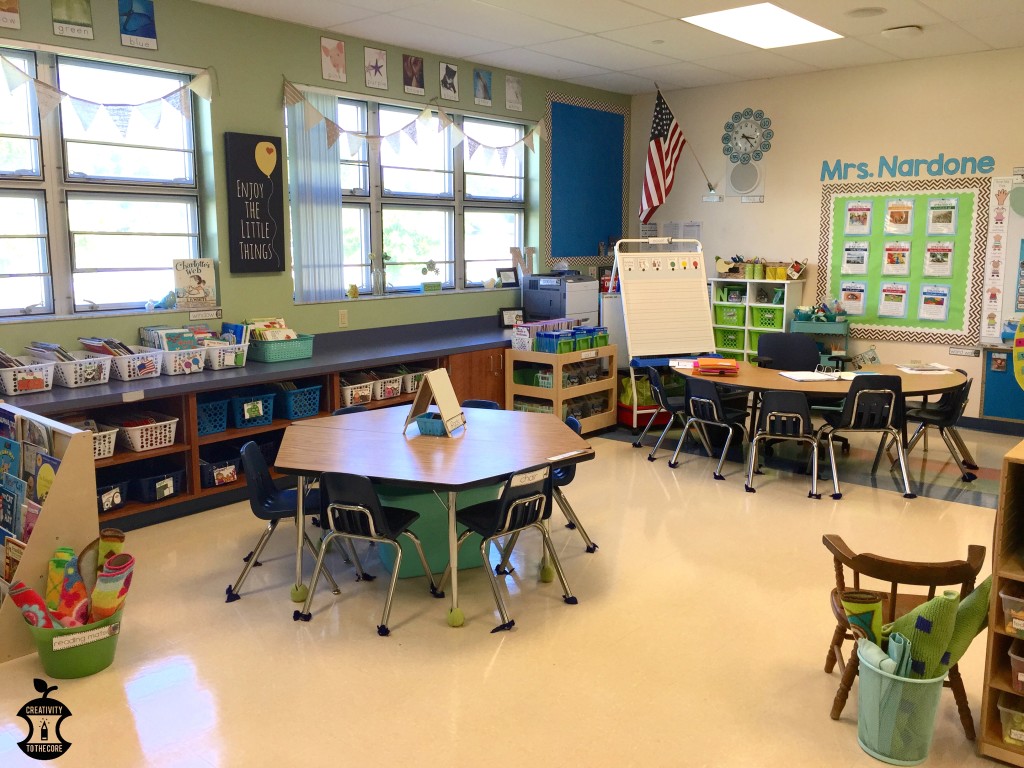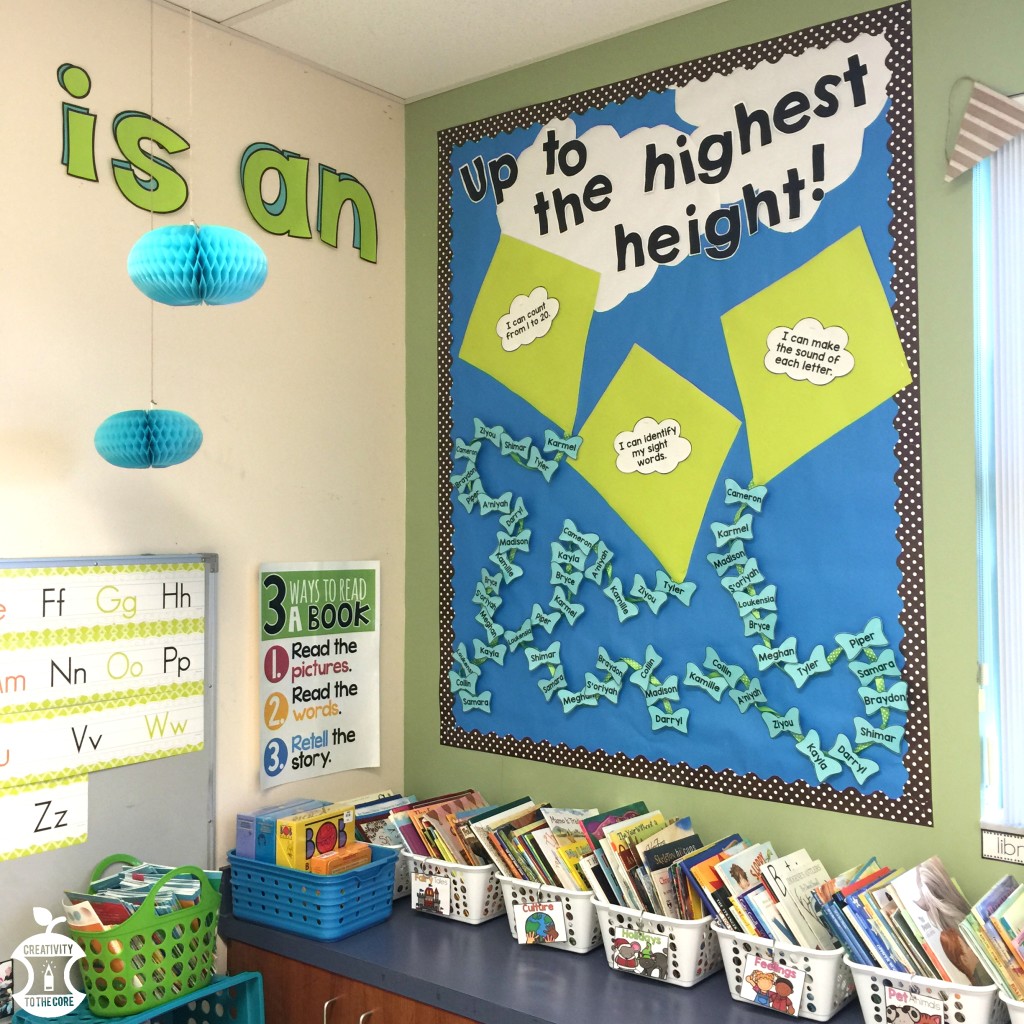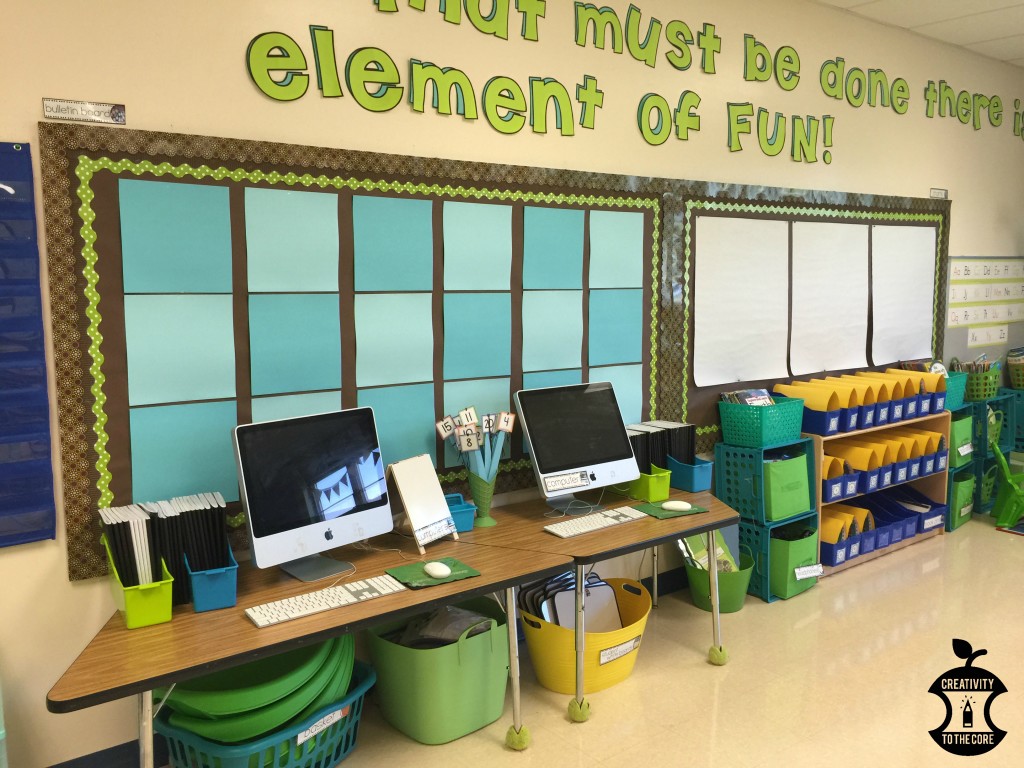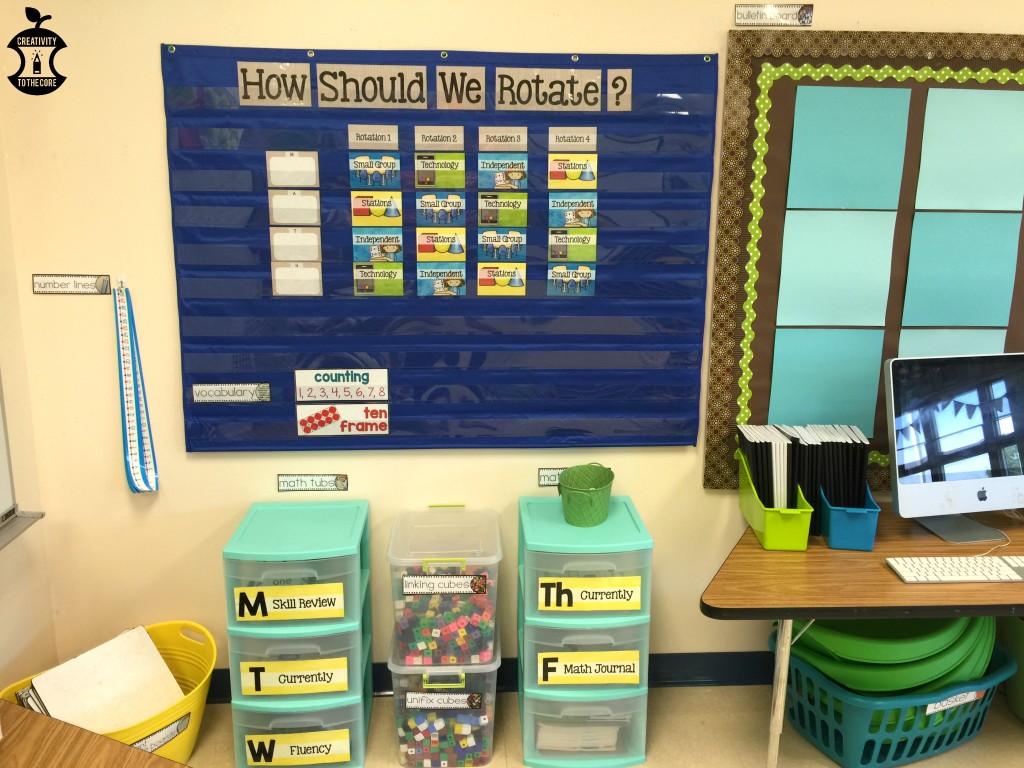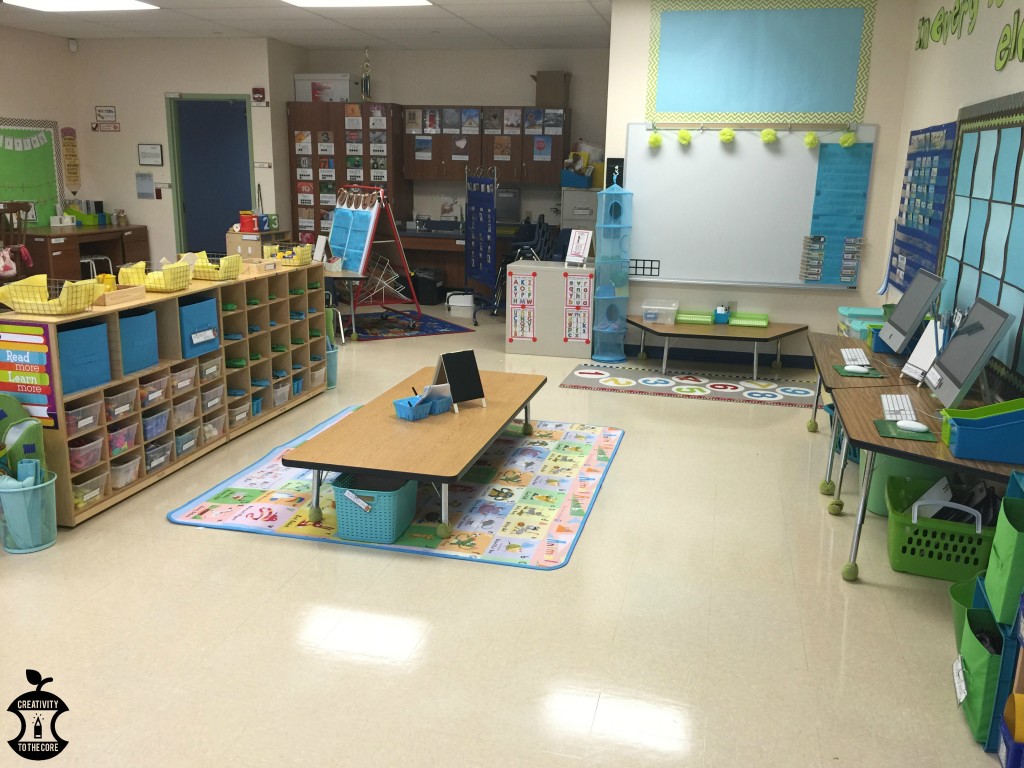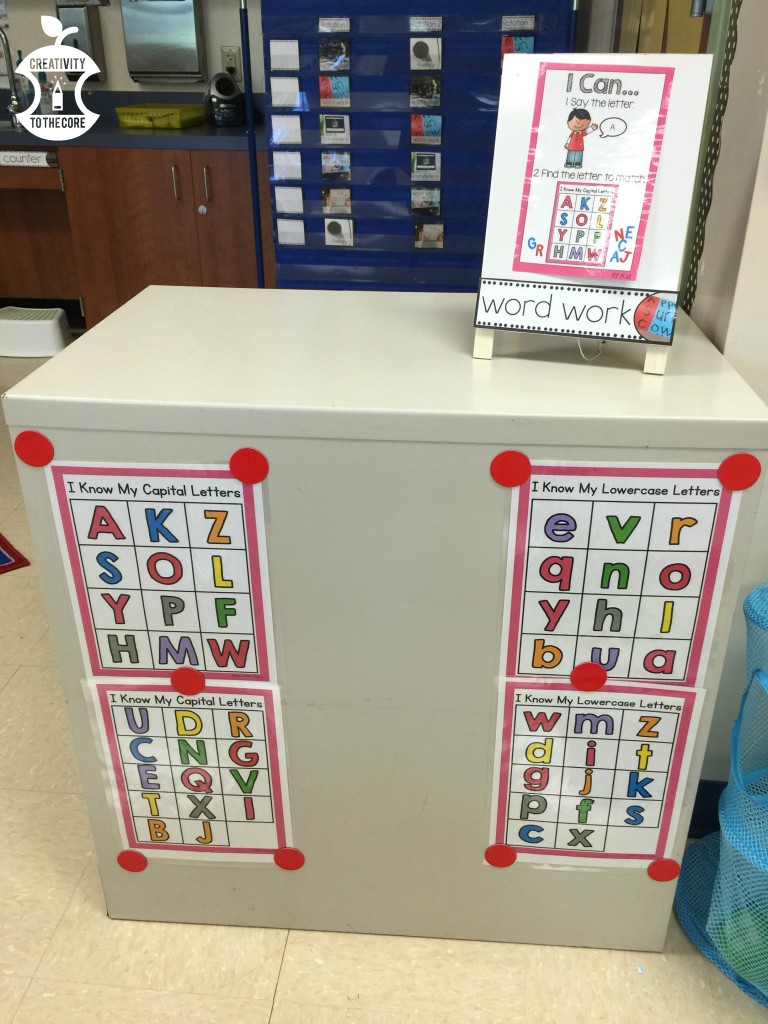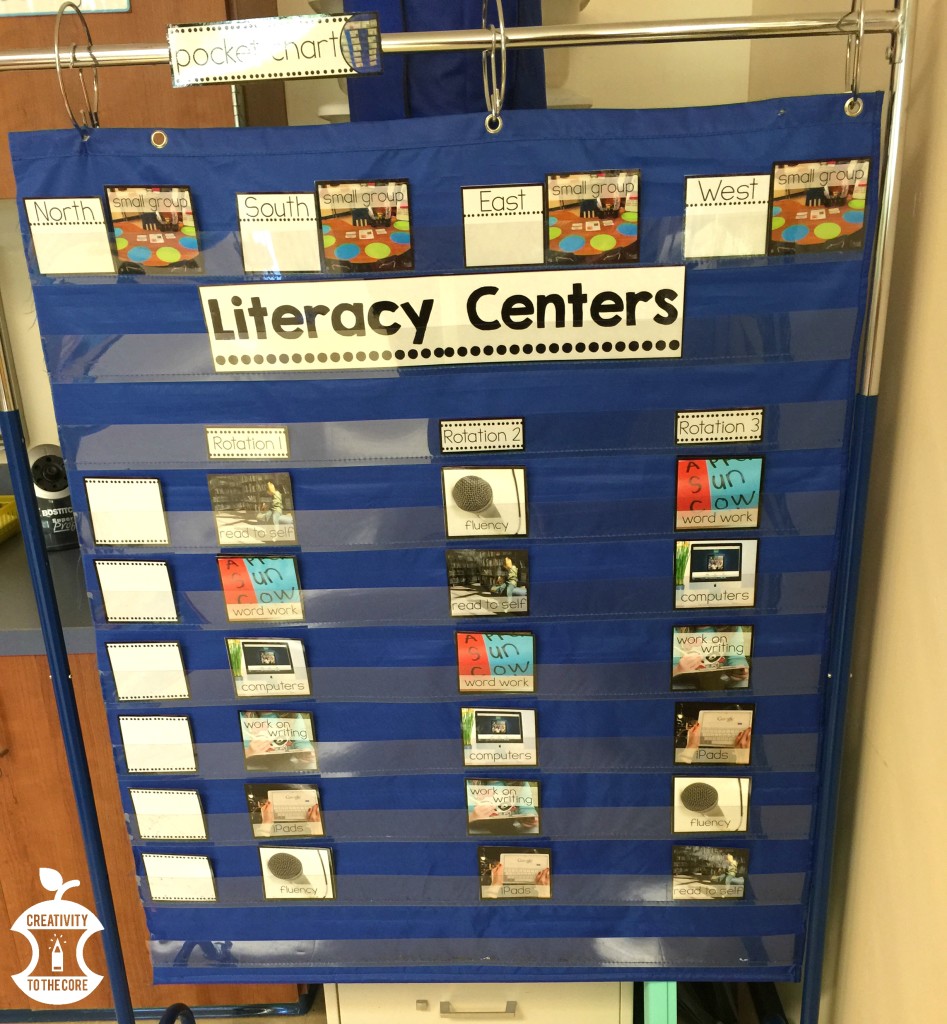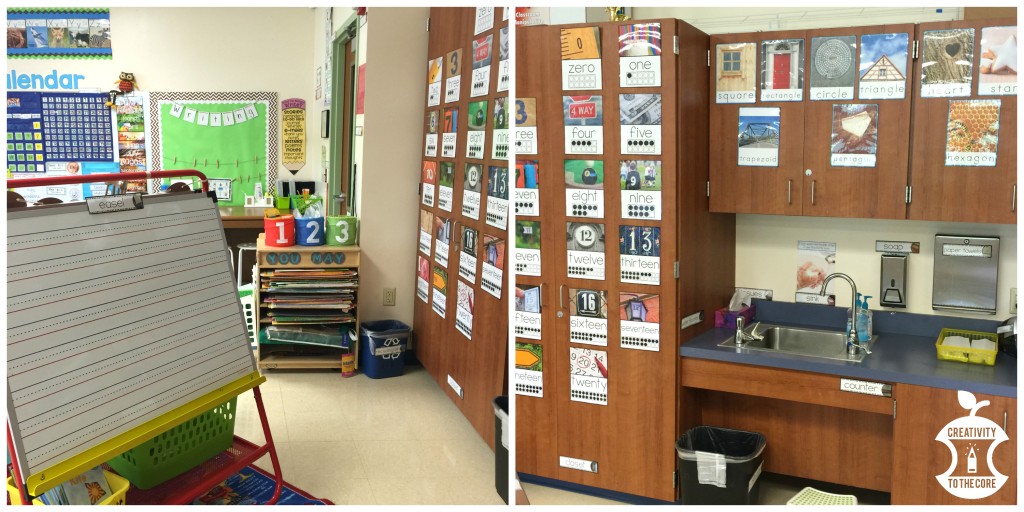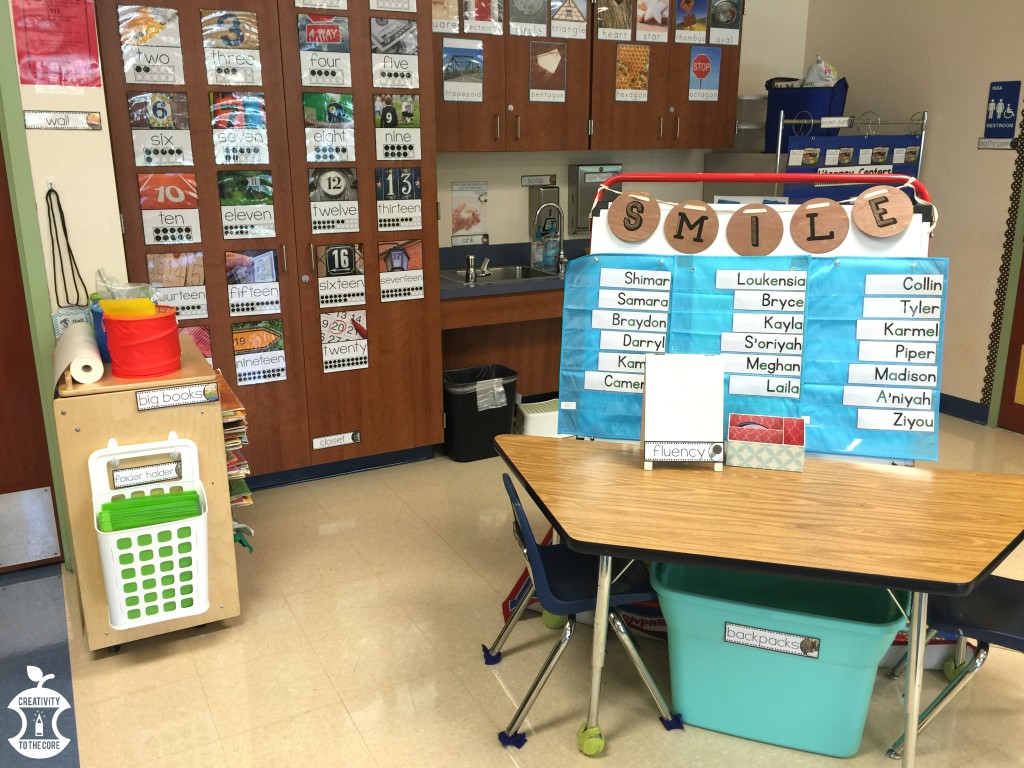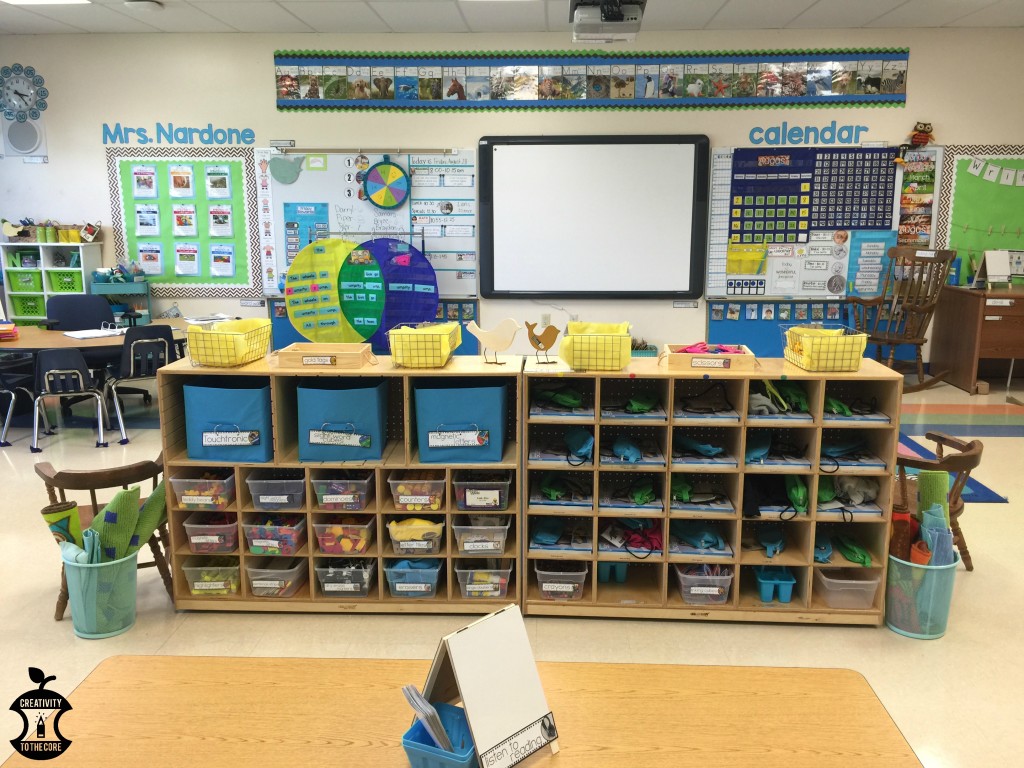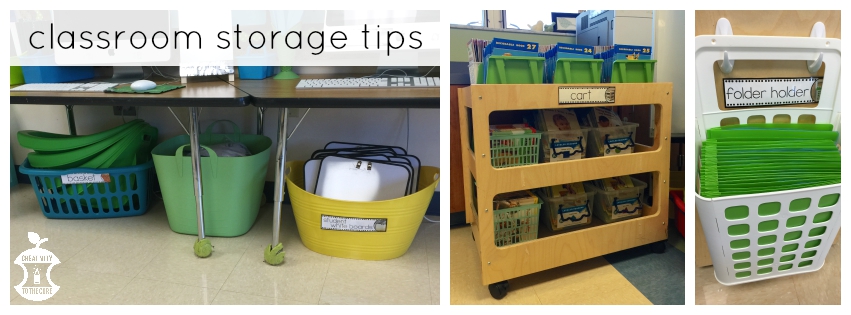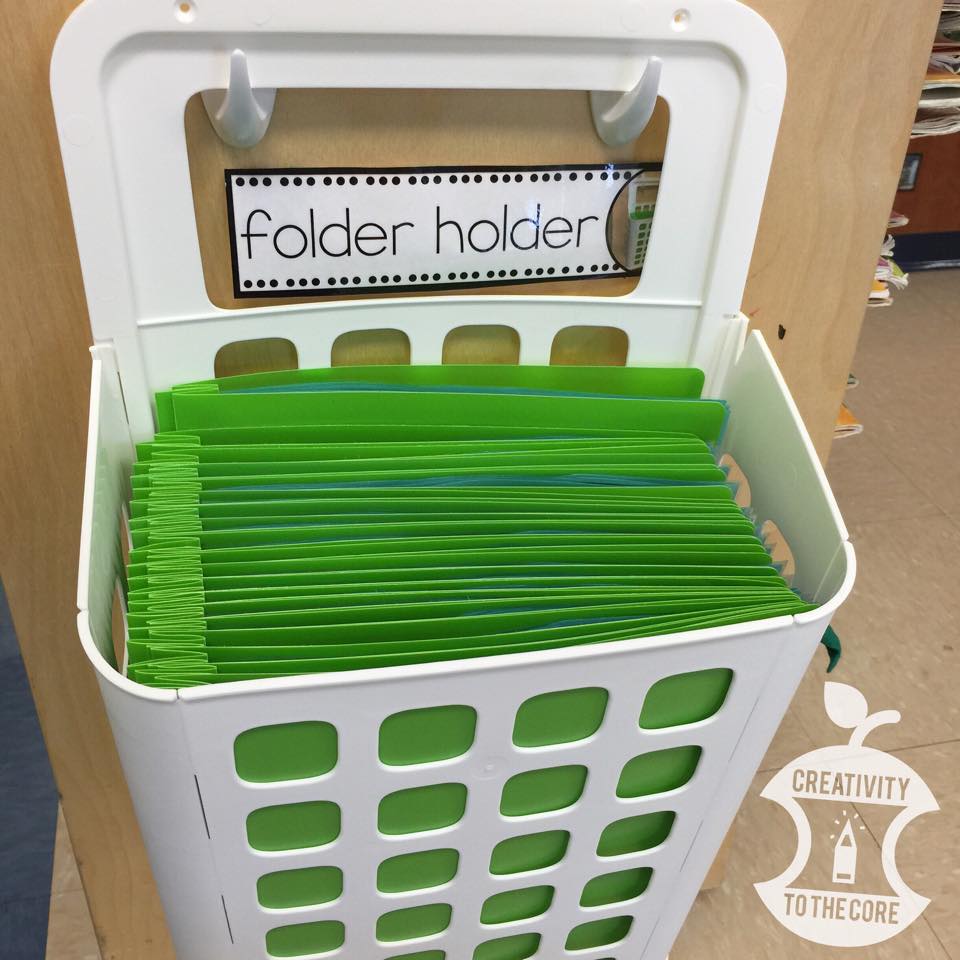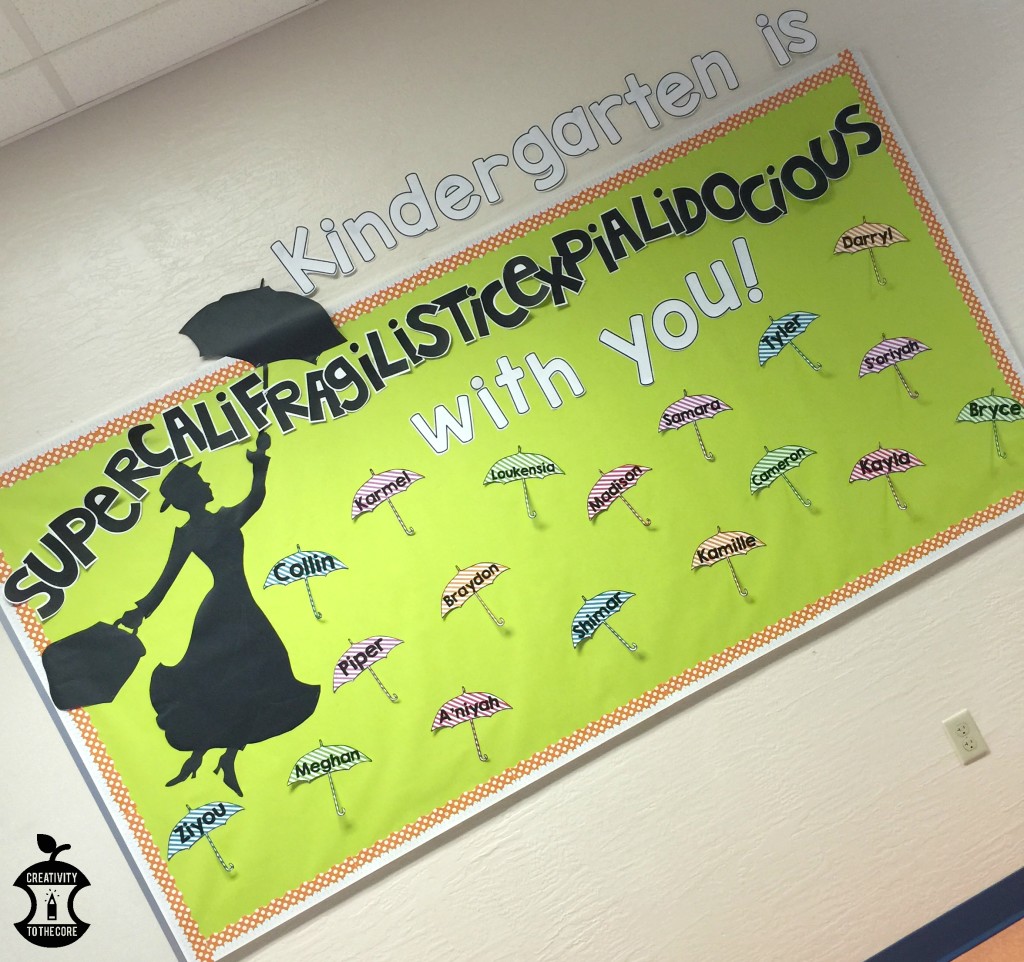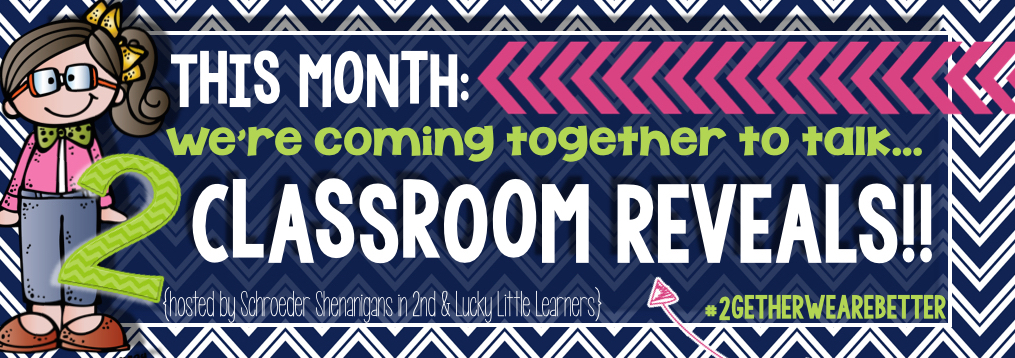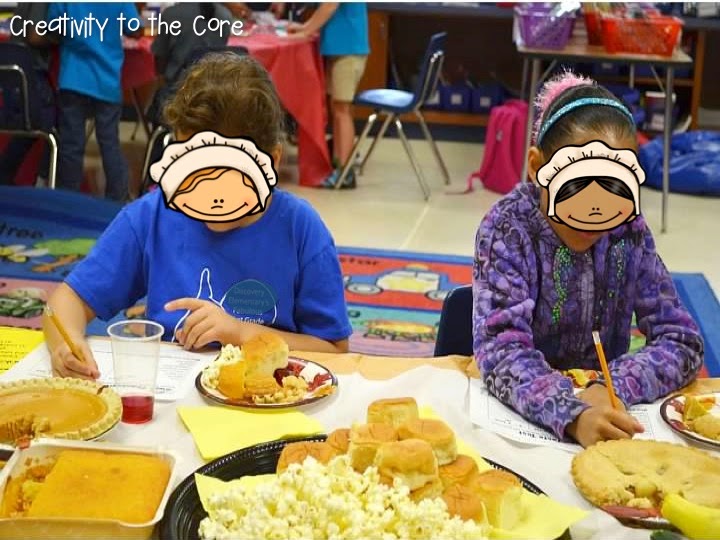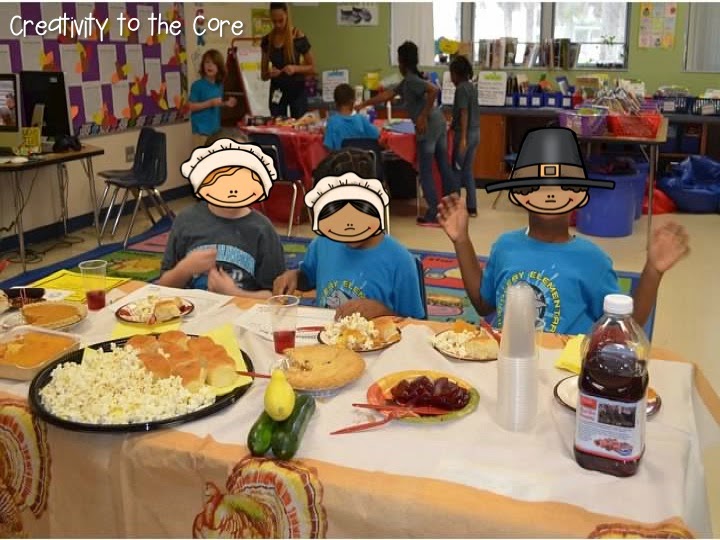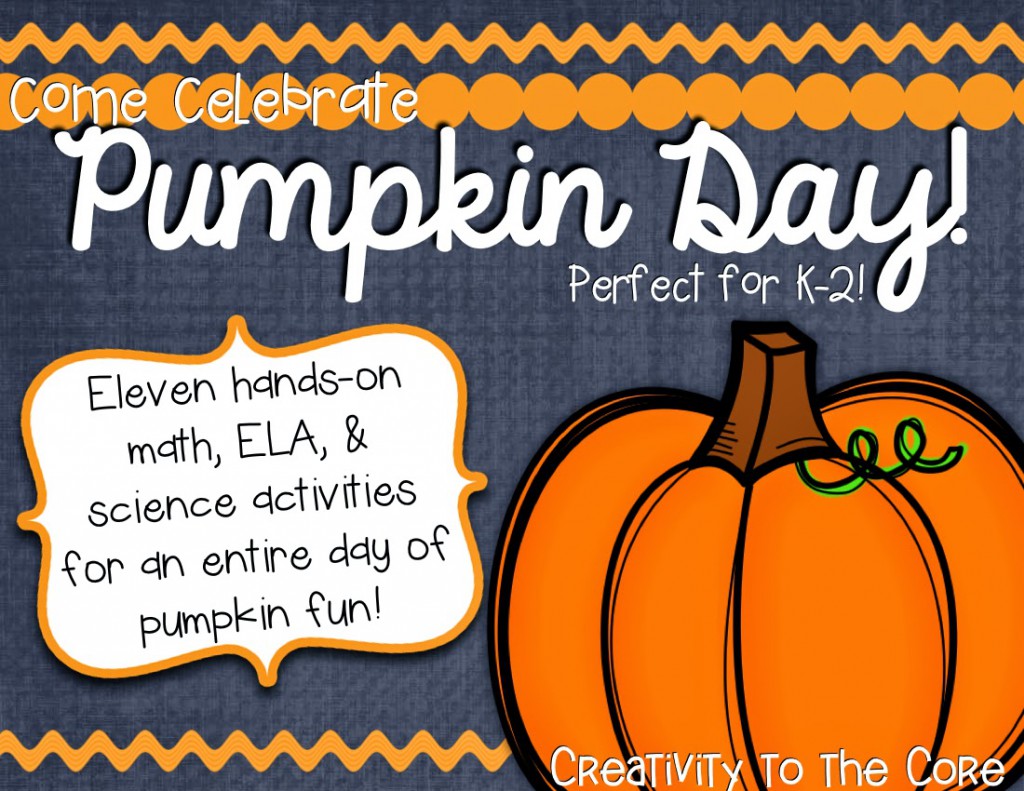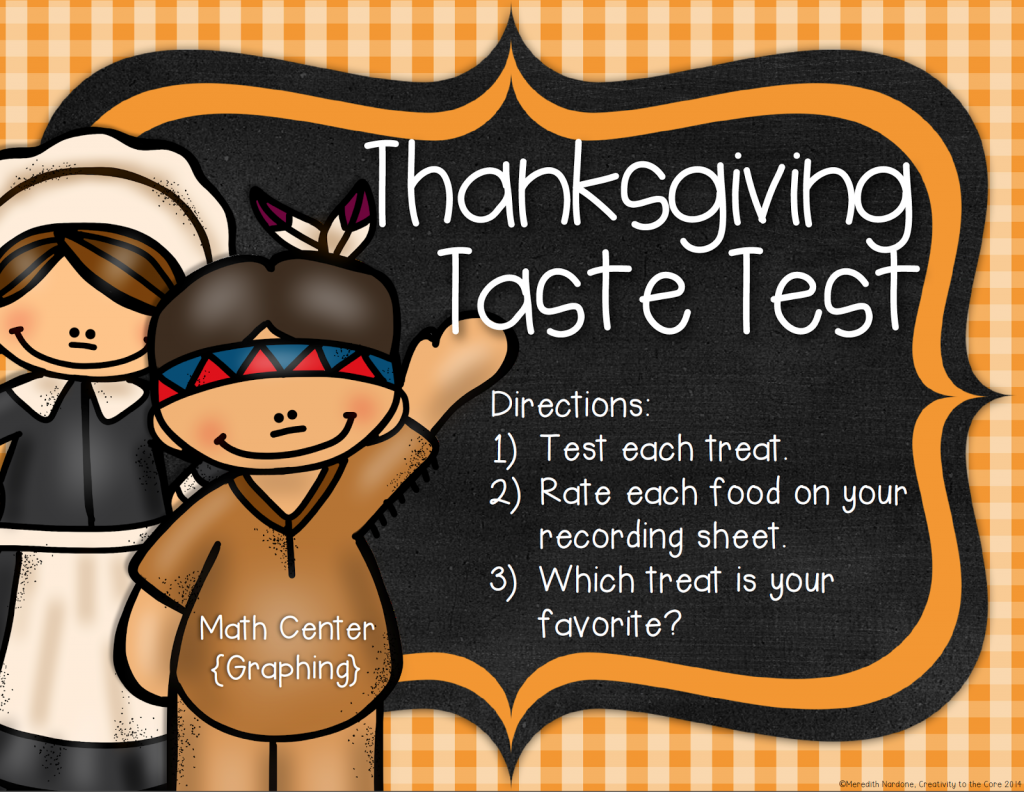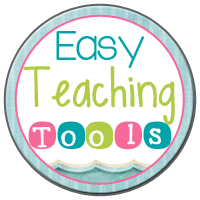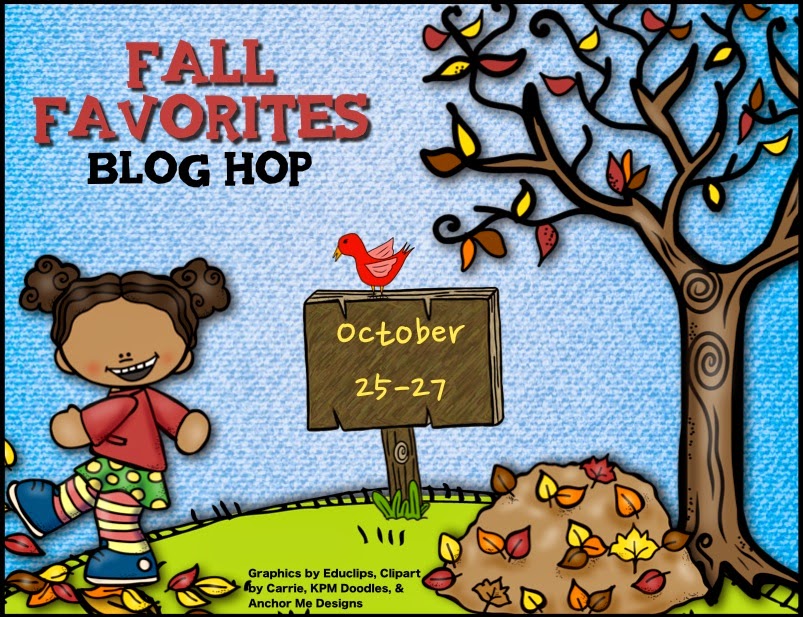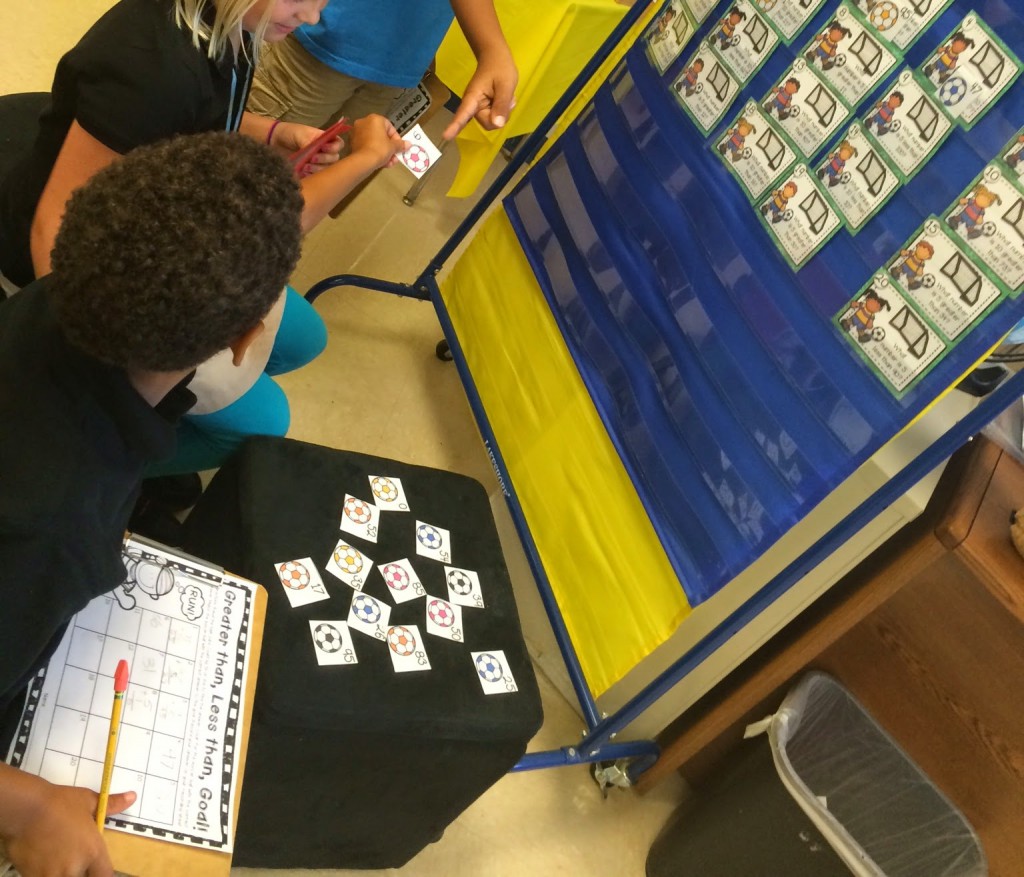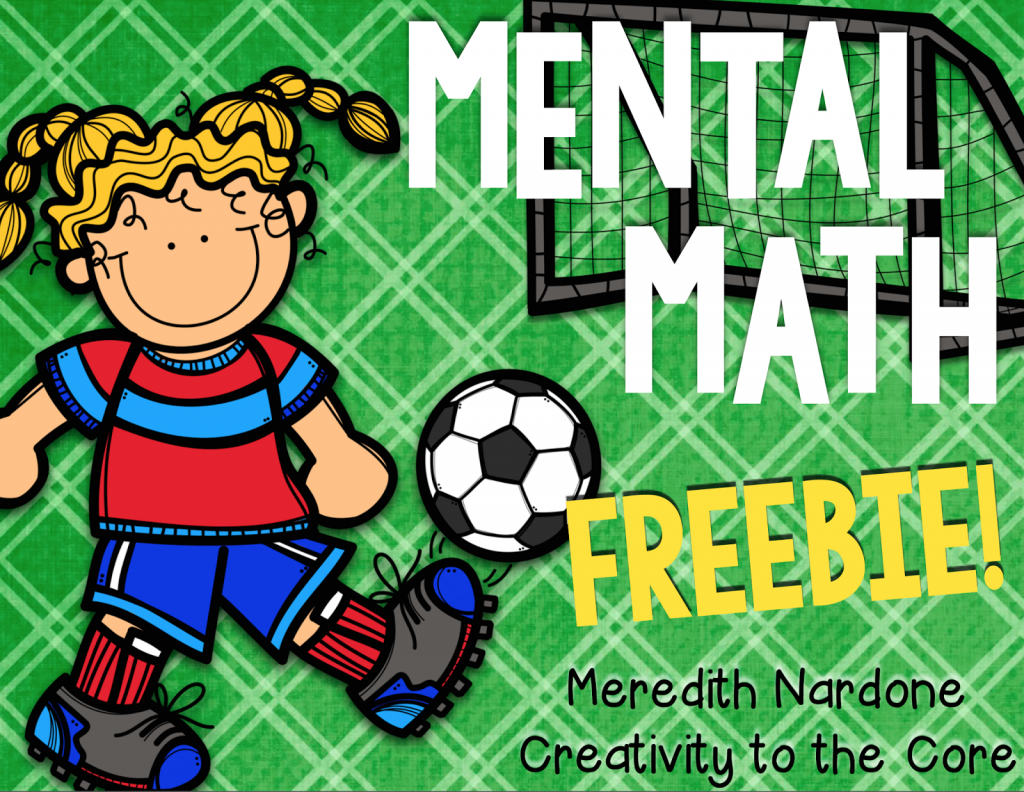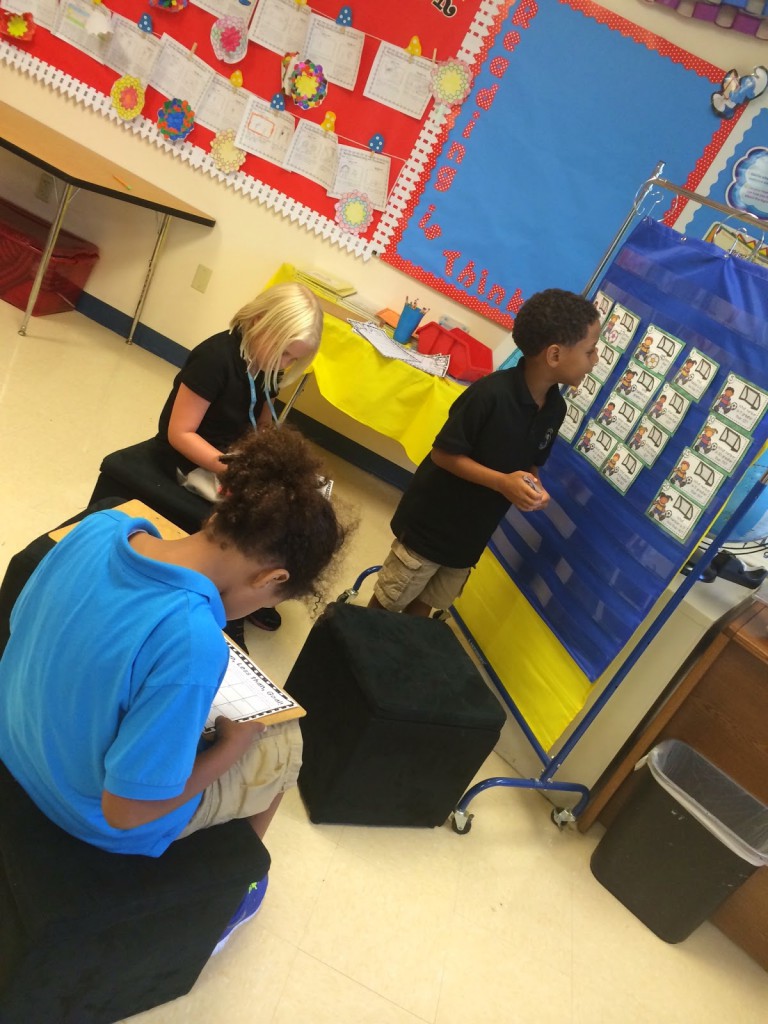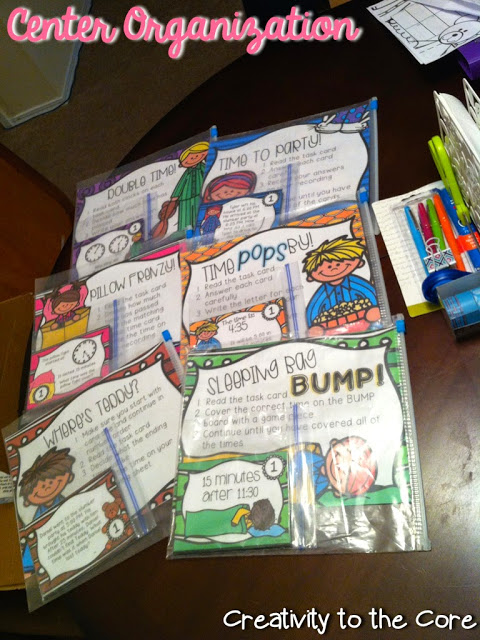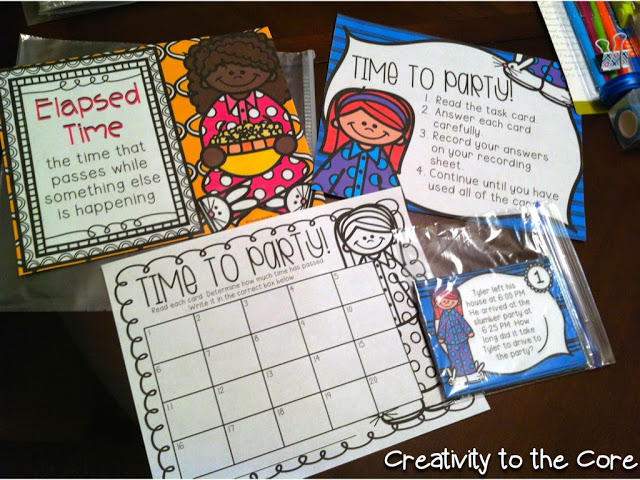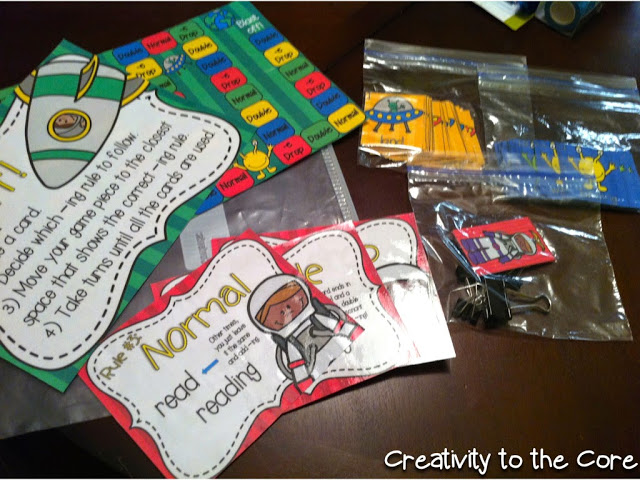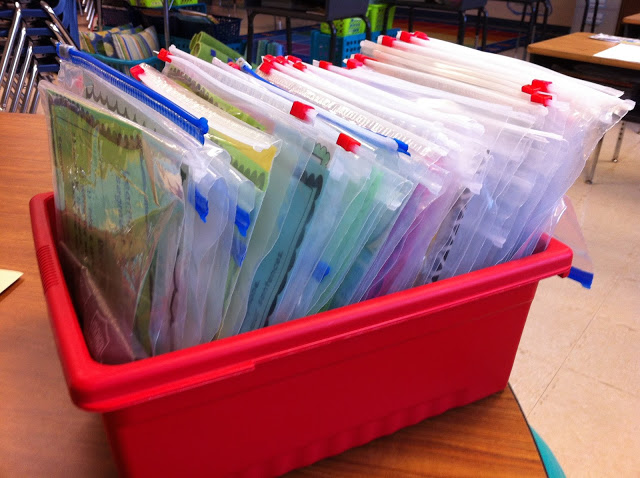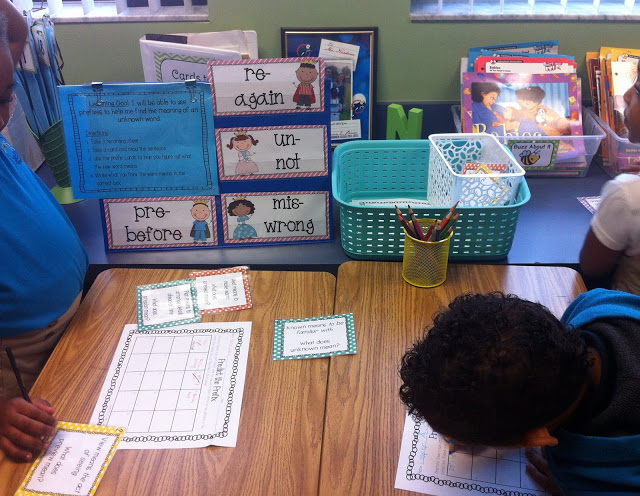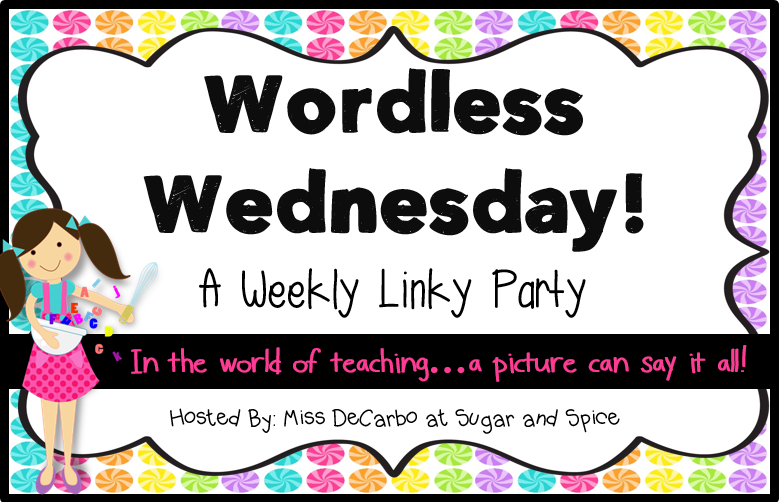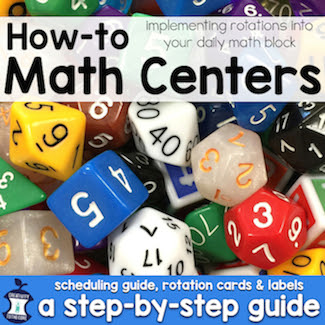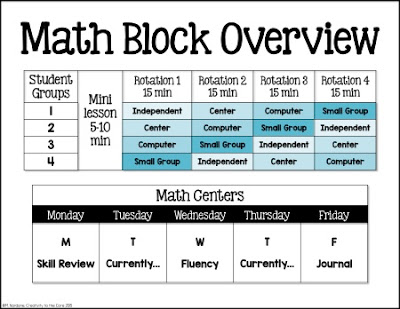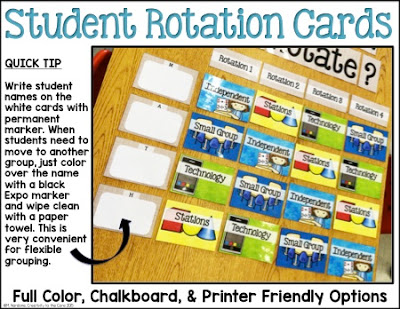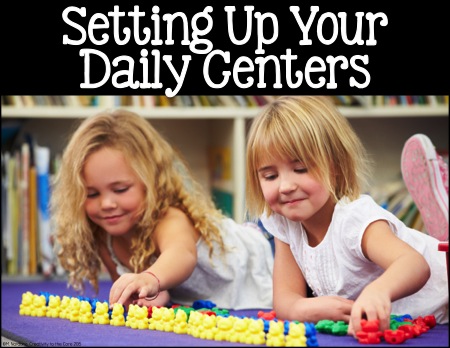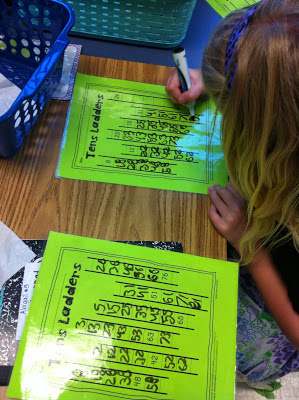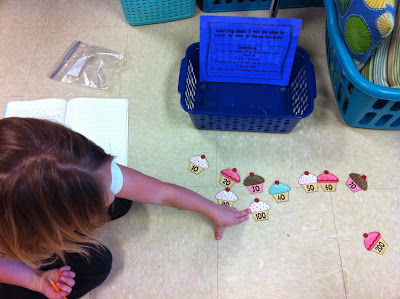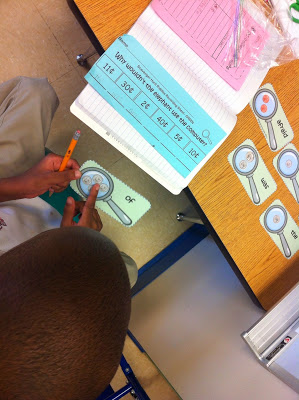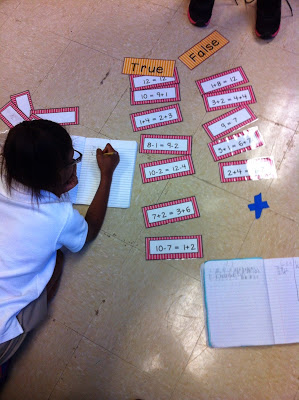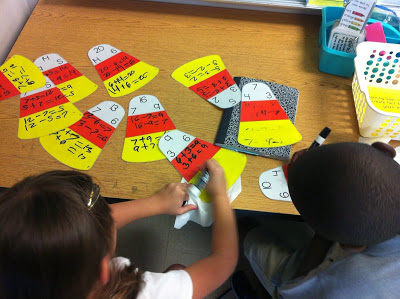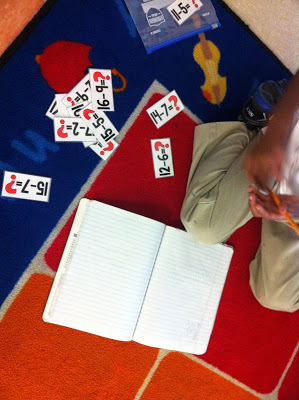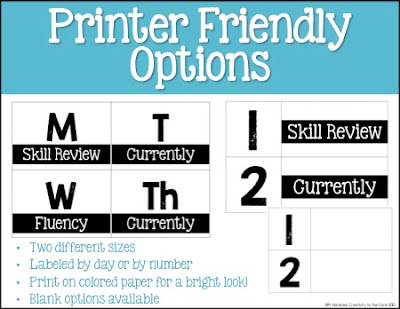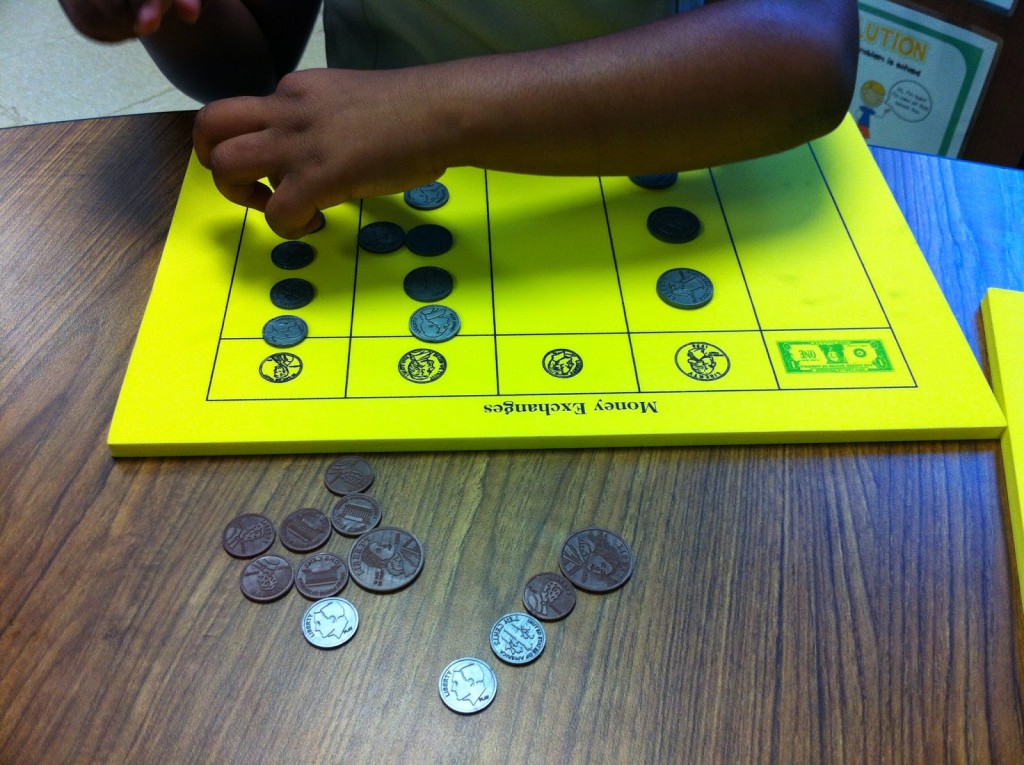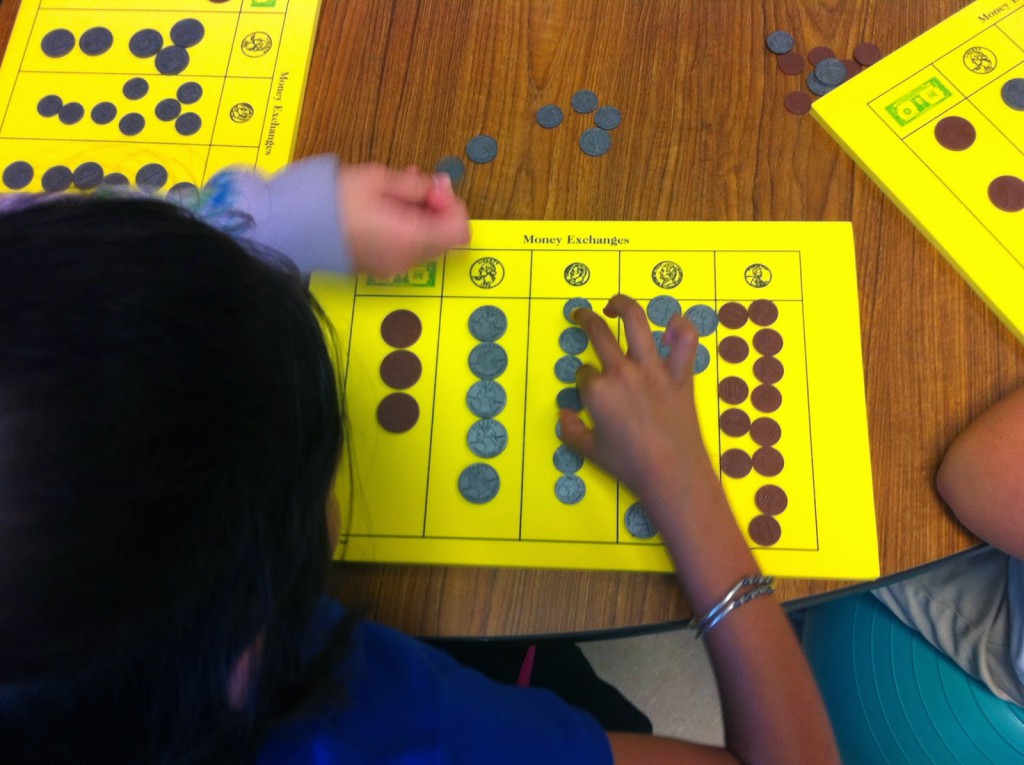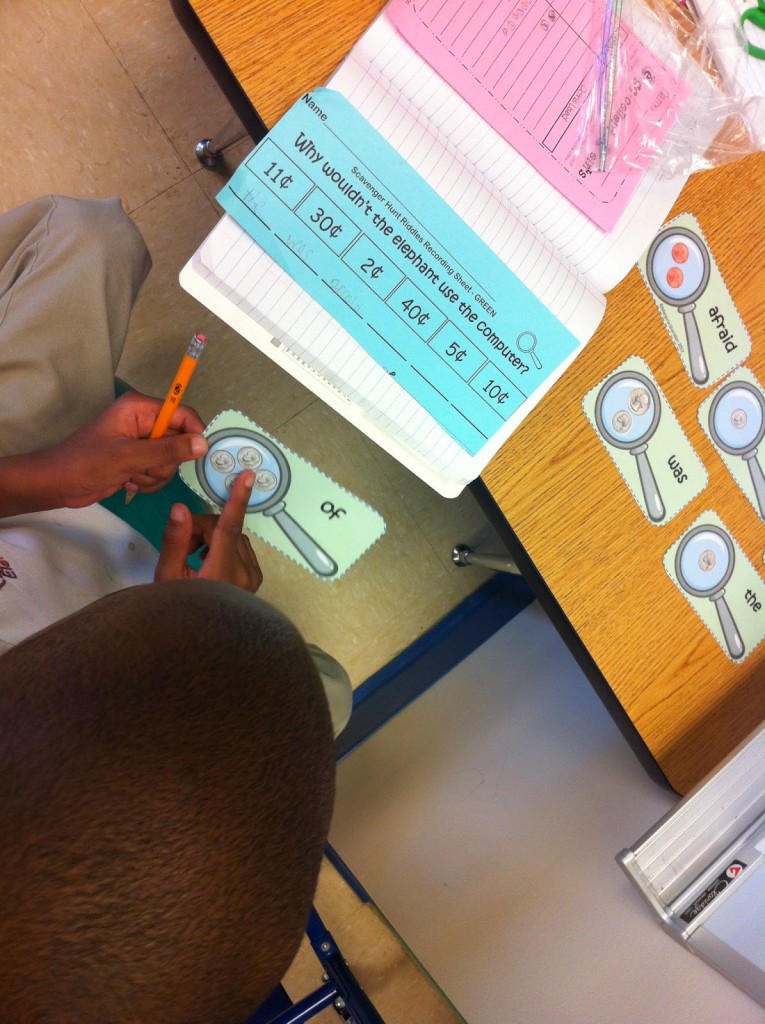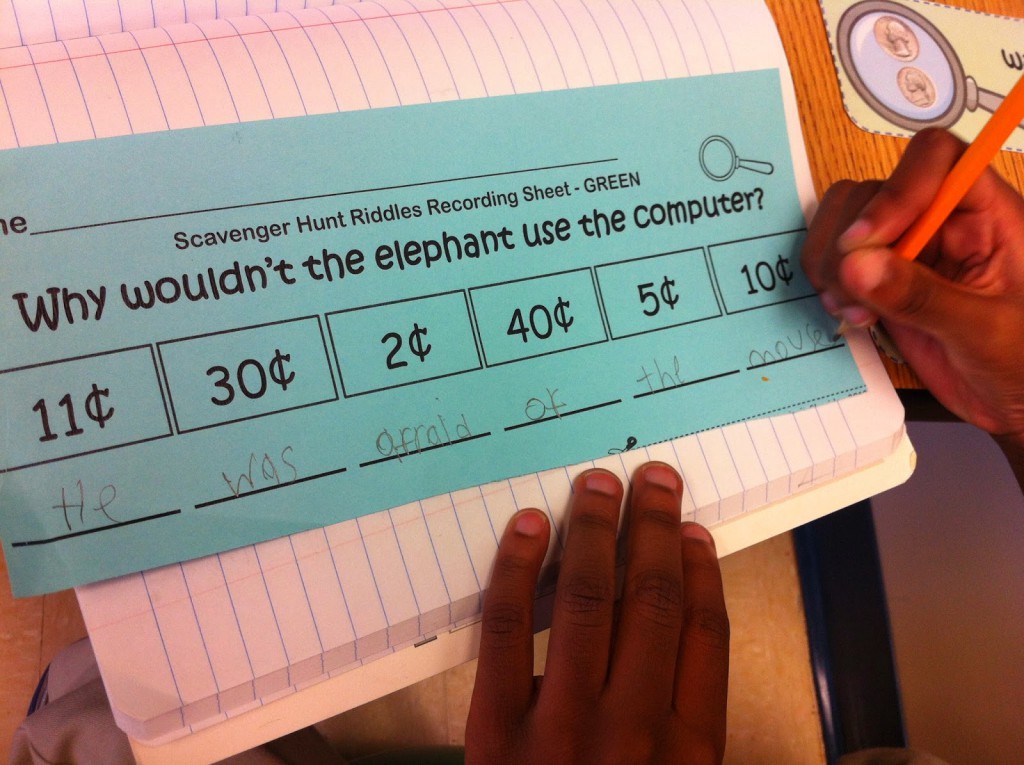
If you teach kindergarten or have been in a kindergarten classroom for a while, you know that centers can be difficult to put into place. Young students come to us with very little independence and are not able to read directions. Hands-on activities are key to a successful kindergarten classroom.
I came from teaching high achieving first and third grade, so I was familiar with a fast paced, centers-based, independent, active math block. As I prepped for kindergarten math, I made sure I had many activities and manipulatives ready to go. BUT as I began getting into the groove of teaching math to my scholars, I reflected on what was and wasn’t working with my young students. You can read more about that here. I realized that I needed to simplify and make activities low prep for myself and predictable for my students.
Here are a few of the centers that are working WONDERFULLY for our classroom this year…
White Boards – The magical oh-so-much-more-wonderful version of paper. At the beginning of the year, students practiced writing numbers 1-30 using a number line. Currently, my students are writing as many addition sentences as they can on their own. I’m not quite sure why, but they are so engaged, and I am not complaining! About 3-6 students are at this center together.
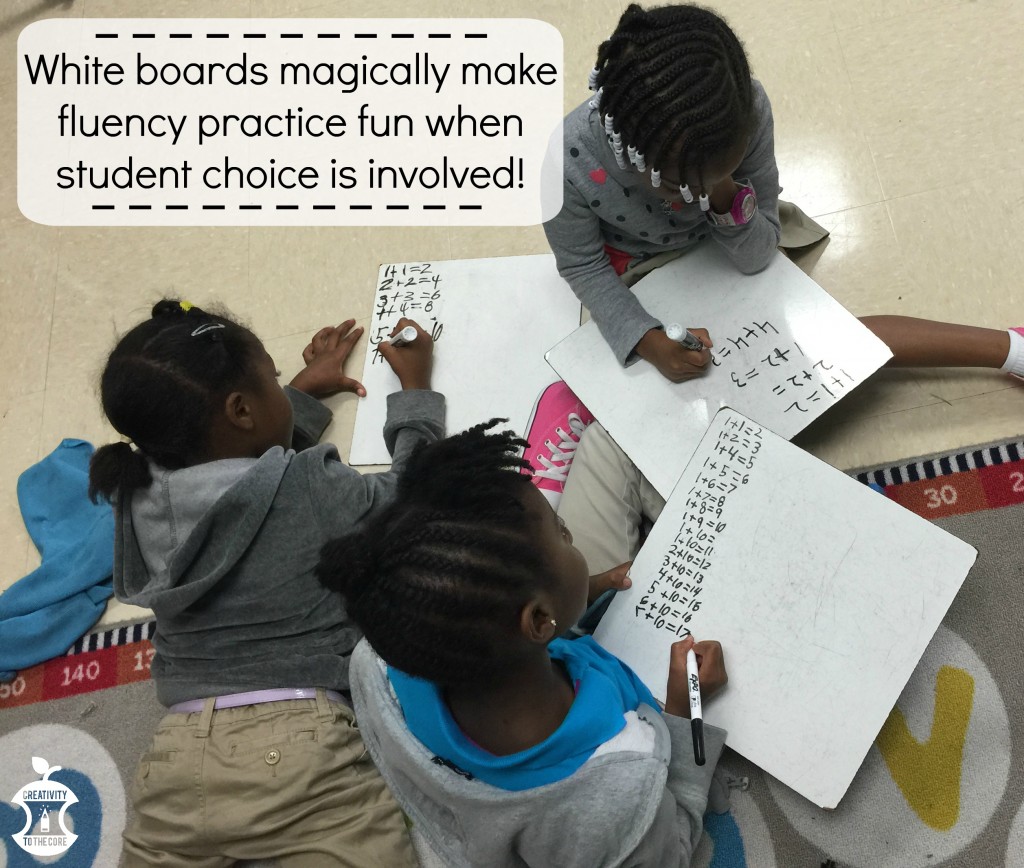
When using white boards, I just ask that students keep their largest number 10 because I really want them practicing facts up to 10 to build their automaticity with those facts which will be a HUGE blessing to them in first grade. Other than that, students choose which facts they write and solve. However, if I know the student is above level, I will challenge them with using numbers up to 20 or beginning to subtract.
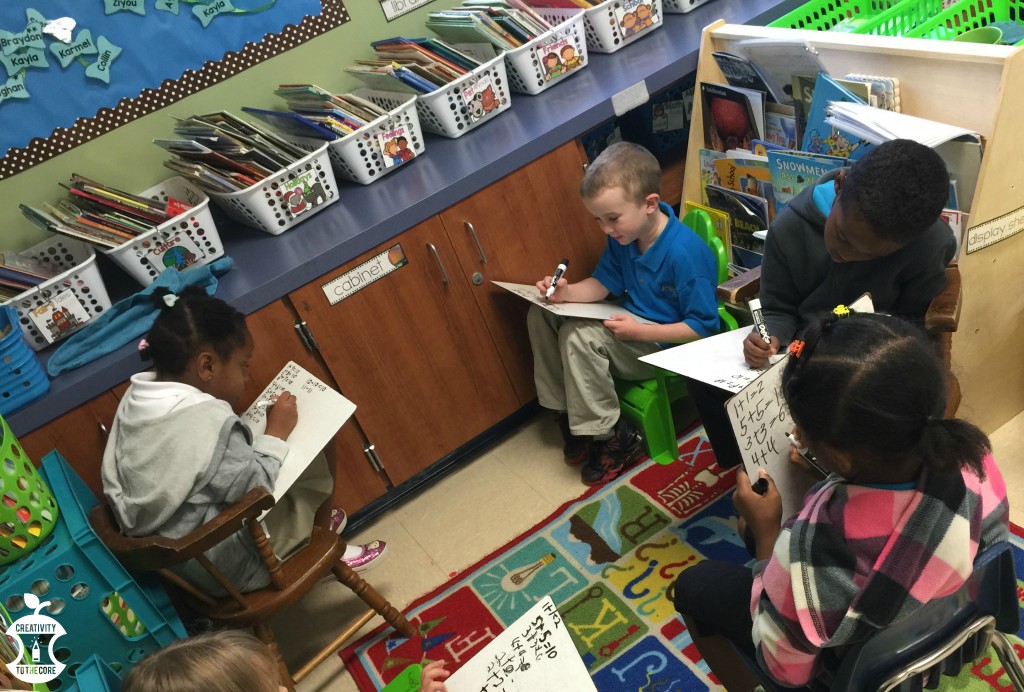
Technology – I am blessed to have quite a bit of technology at my school. We are not 1-to-1, but we currently have 5 laptops, 2 desktops, 3 iPads, and a Promethean Board. I do not tell you these things to brag. I’ve also been at schools with less technology. I just want you to realize that I have these as part of our rotation and it definitely does cut down on the overall noise level of our classroom when almost 10 students are on devices. If you do not have access to technology or certain technologies, you can always add an independent center to help cut down on the noise level while you work with a small group.
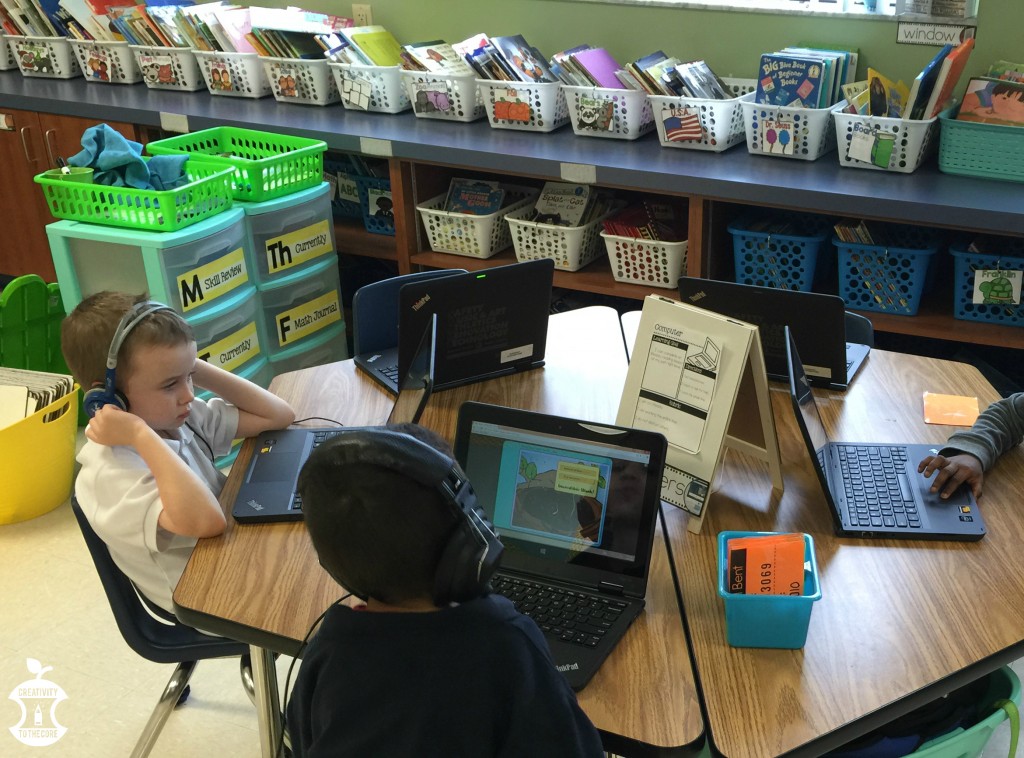
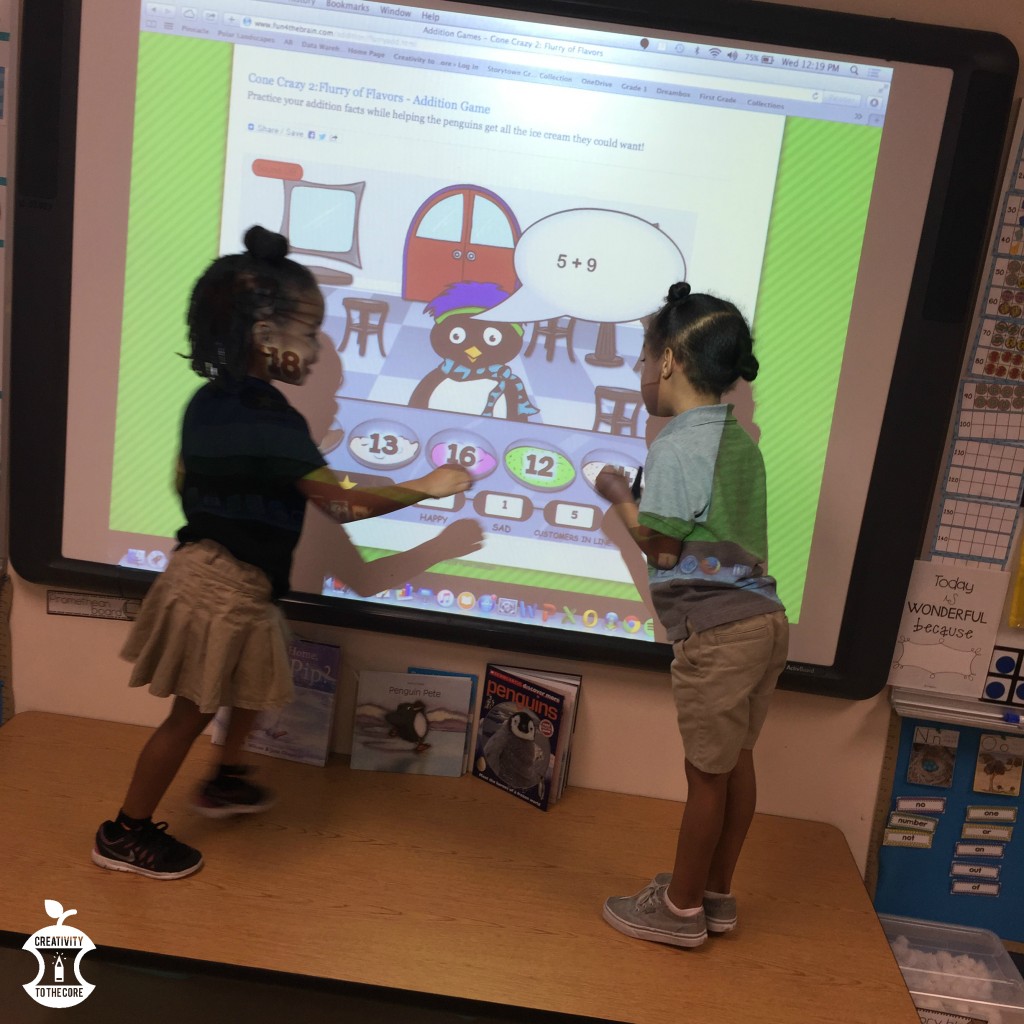
This ice cream addition game is a class favorite. You can find it here. It’s great because you can differentiate it by which addition facts (1-9) it gives the students. We also use the Teacher Tools for Interactive Whiteboards from DreamBox Learning. Our favorites are the ten frames, math racks, and matching number pairs. This subtilizing practice has greatly increased my students’ number sense this year!
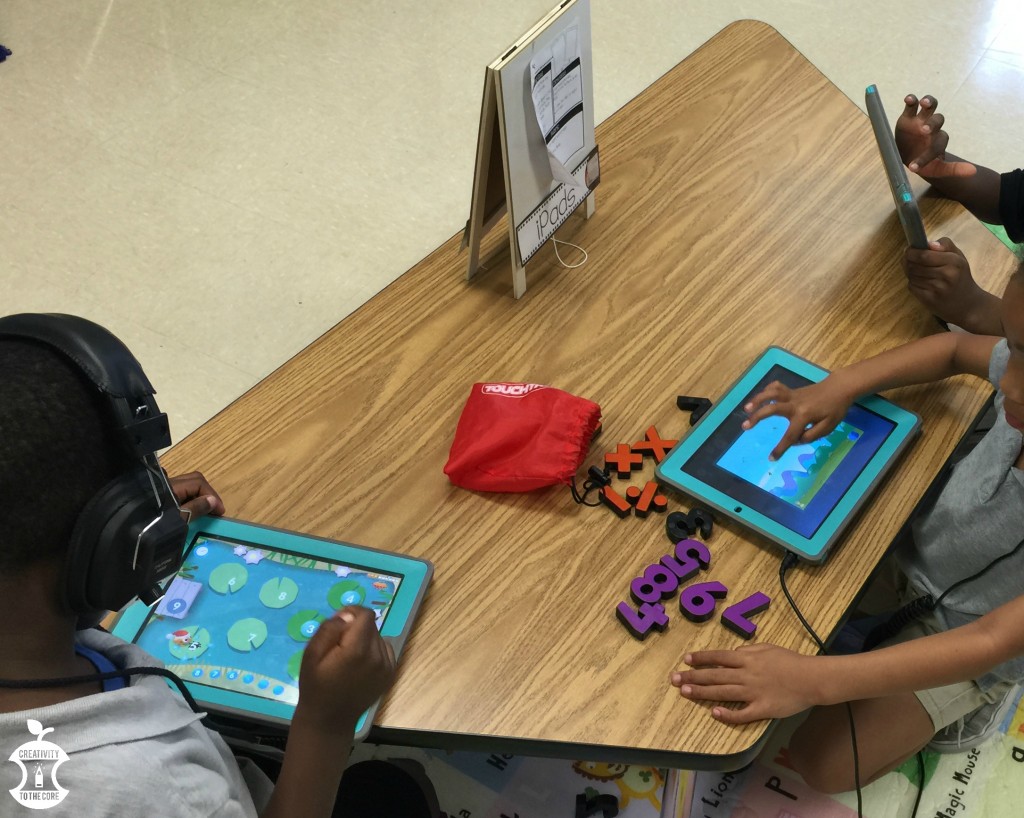
Here are some of our favorites: Marble Math, Splash Math, Learn with Boing, Touchtronic 123’s
Pocket Chart – About every 2-3 weeks I switch out this activity. I do not fill this center with an activity kids will need lots of help with. Most activities are strictly number sense or addition. About 4-5 students work at this center together. We loved this 1-20 number sense activity, but I can’t find where I downloaded it. 🙁 It was free.
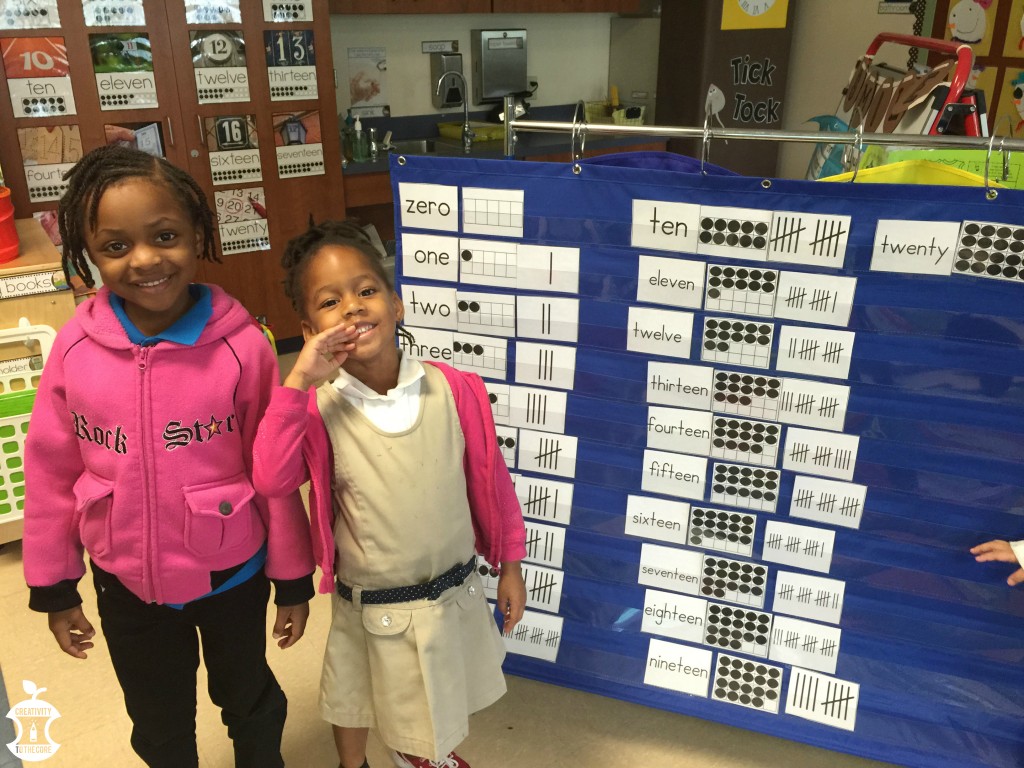
Recently, I decided that I wanted my students to really understand the patterns that are in a 100 chart. I was also curious to see which students could quickly identify and order numbers to 100, and which needed assistance. I chose three colors of paper and cut them into fourths. I wrote all of the 5’s and 10’s on blue. Then, I alternated the horizontal rows to make it easier on little eyes as they sorted. All in all, this took me 10-15 minutes while my kids enjoyed indoor recess during a thunderstorm. Low Prep.
The results have been fantastic. The activity is time consuming for students, which allows me to truly concentrate on the students in my small group. It is also quite challenging! I have heard some fabulous conversations between students this week. When introducing the center, I explained that if you see a number in the wrong place, you must explain why it isn’t in the right place before you move it. This has helped the kids to work collaboratively with almost no arguing. Yahoooo!

As an extension, my students completed their very own hundred’s chart using this differentiated hundreds chart freebie. I love that I can print different levels of difficulty for each student! Soon, I will put these in clear sheet protectors and add them to our “white board” center for extra practice.
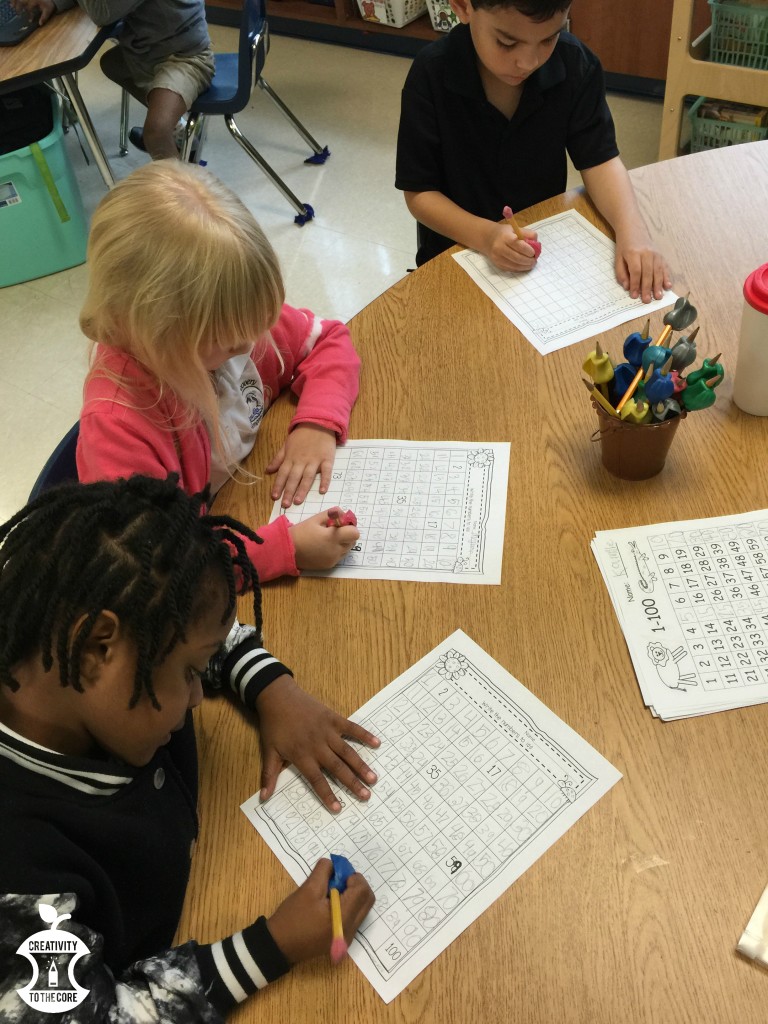
So, let’s talk prep. I don’t need to prep any of the technology centers. I don’t need to prep any of the white board activities. I prep the pocket chart once every 2-3 weeks. The only prep I regularly do is for my small group.
I truly love this set up because I really enjoy focusing on the 4-5 kiddos in front of me when we are in math small group. The repetitive predictable nature of the other centers leaves students feeling successful and allows for fewer teacher distractions. Although the entire arrangement may not work for everyone, you can pick and choose aspects of these centers that may be a success in your classroom as well!
Do you have any other low prep activities that your students enjoy? Share them in the comments below!


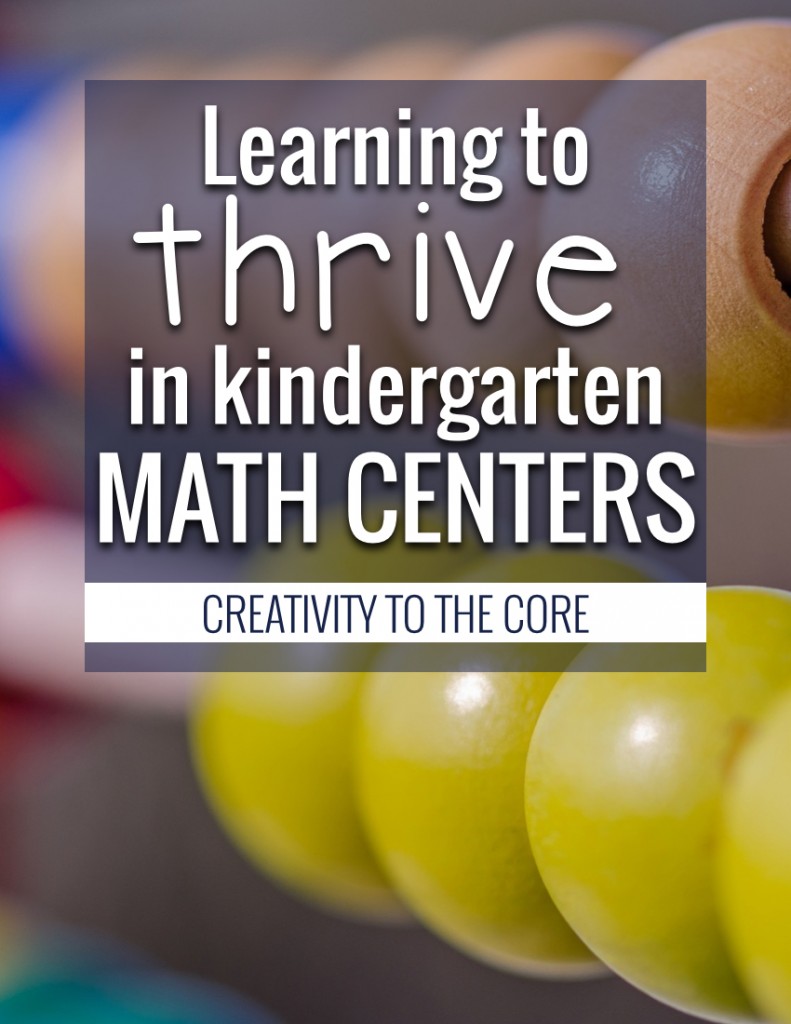
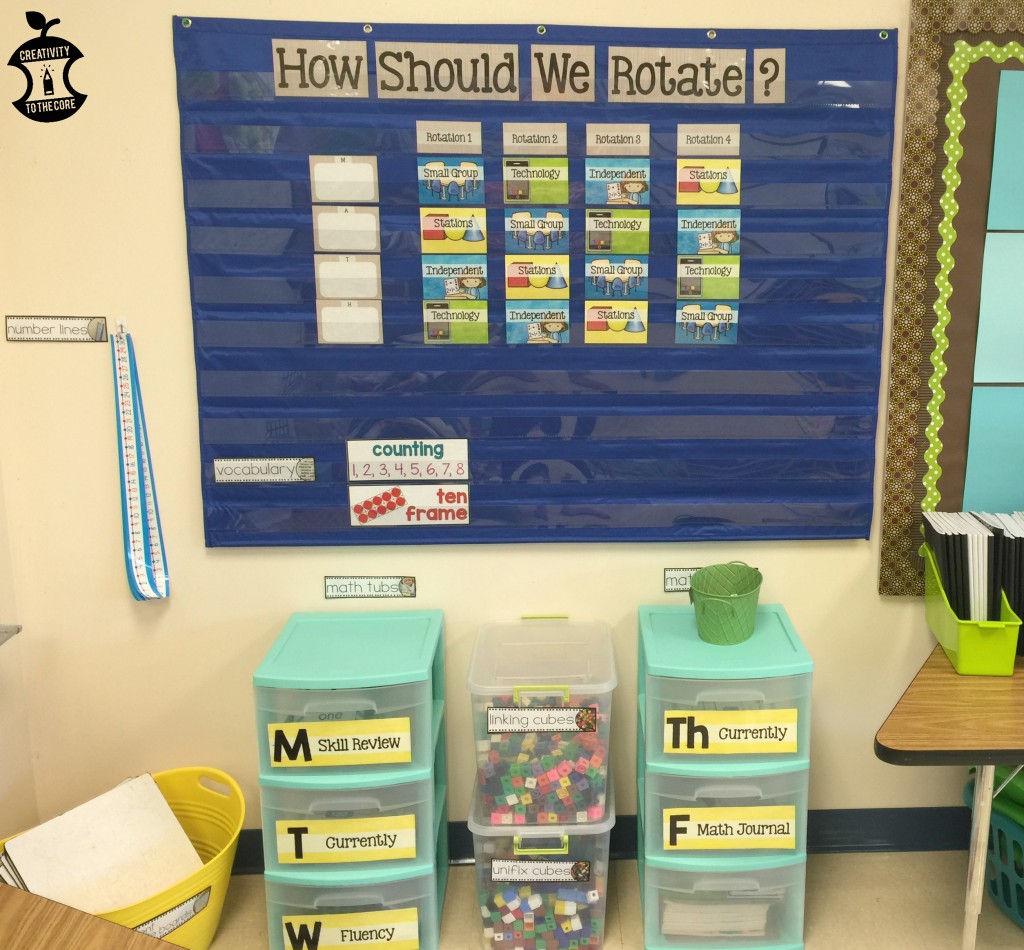
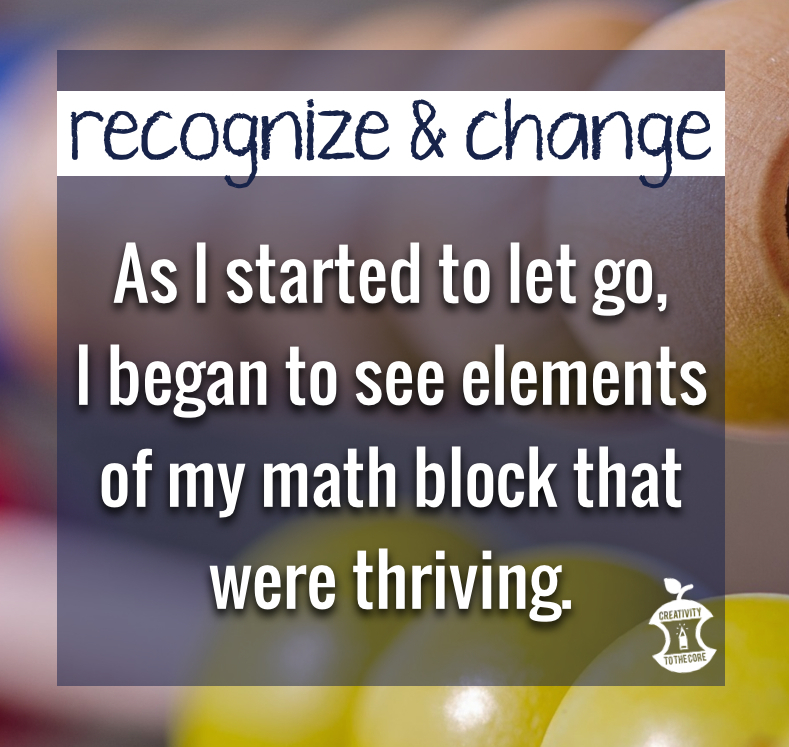
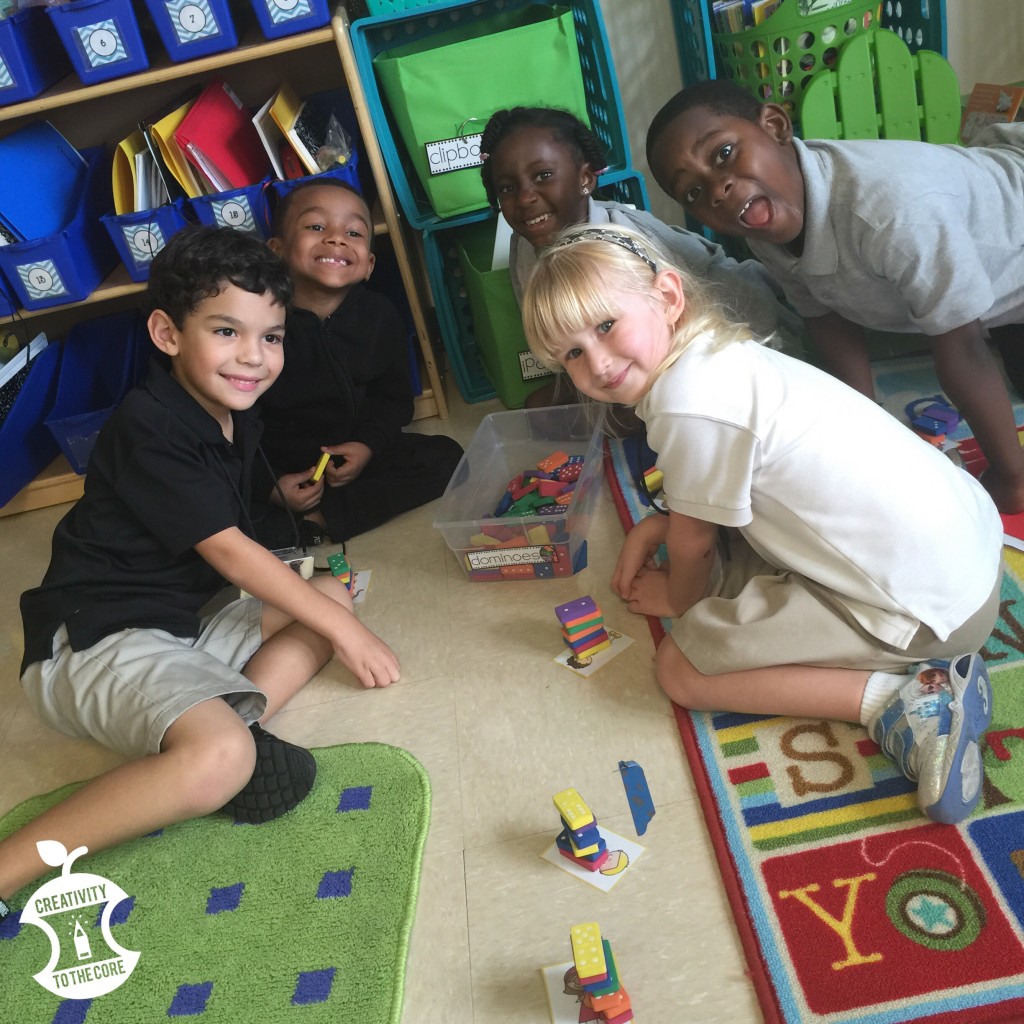
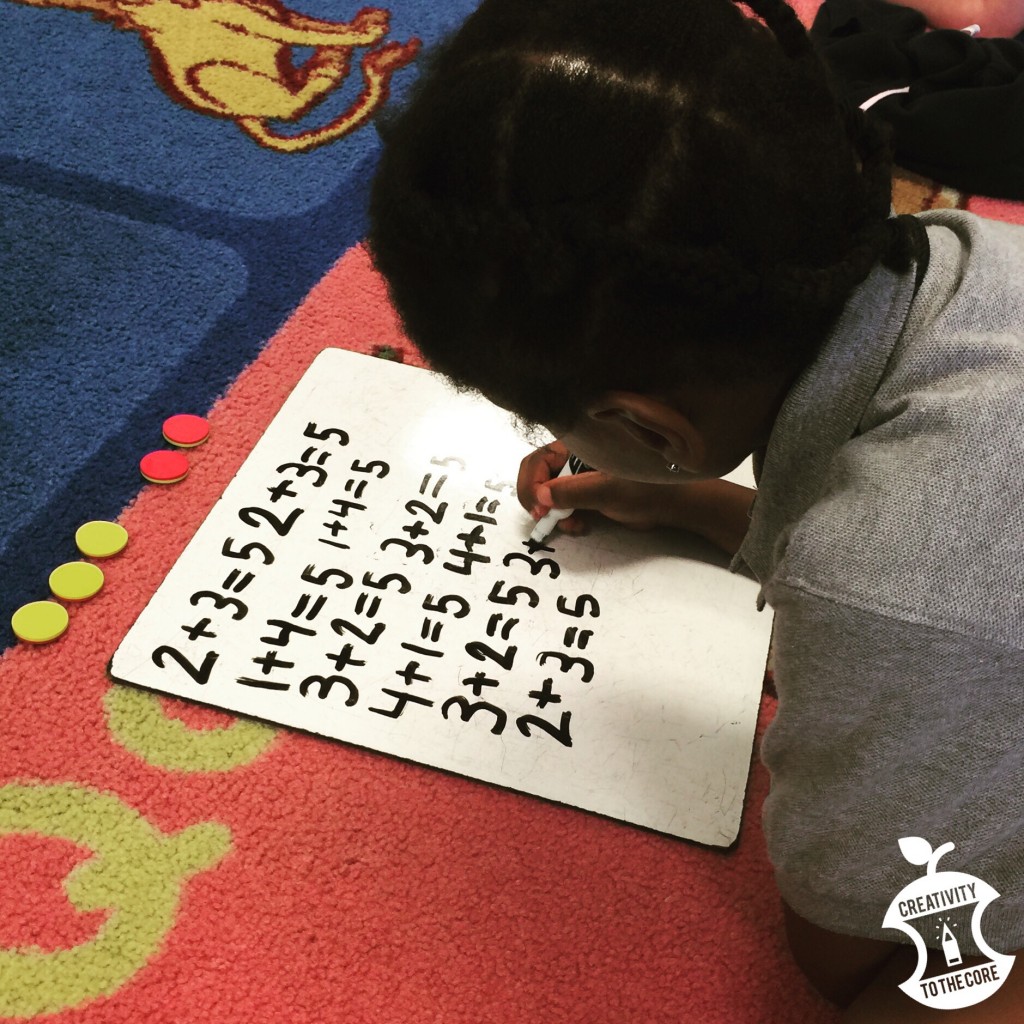 2. Another center is always ten frame fluency. Students quiz each other on how quickly they can identify the number in the ten frame as well as how many more are needed in the ten frame to make a ten. This helps them practice subtizing and addition fluency.
2. Another center is always ten frame fluency. Students quiz each other on how quickly they can identify the number in the ten frame as well as how many more are needed in the ten frame to make a ten. This helps them practice subtizing and addition fluency.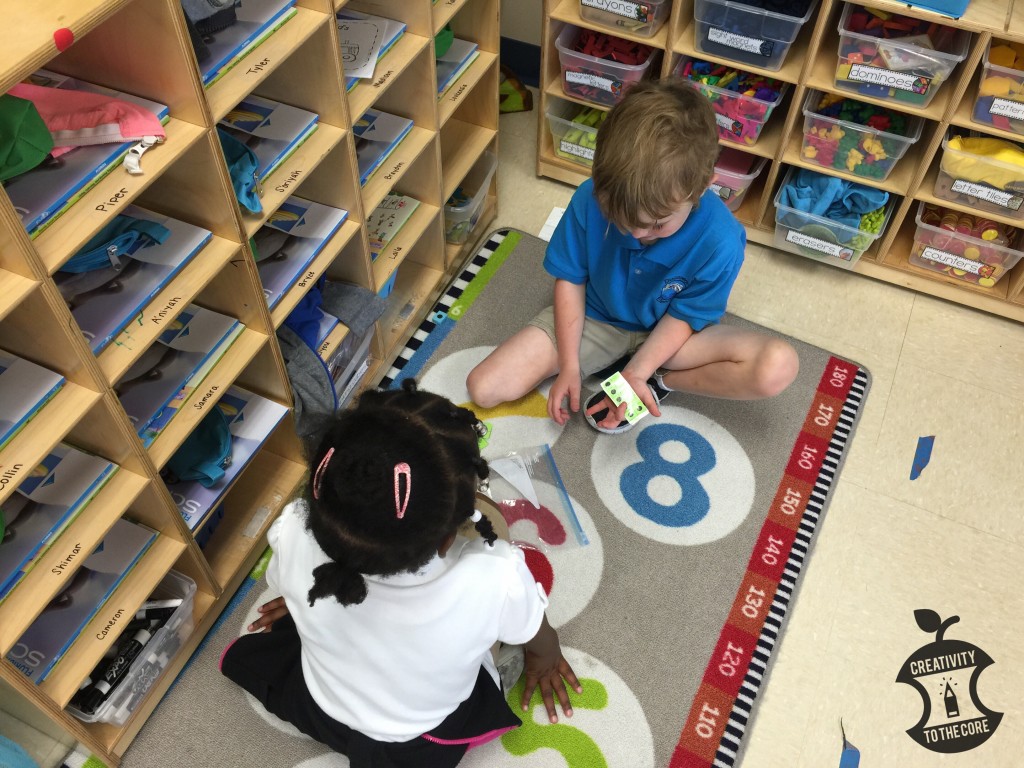 3. The last center is a review activity. This may include ordering number cards, using links to build numbers, comparing numbers, or counting by 5’s and 10’s. You can find this
3. The last center is a review activity. This may include ordering number cards, using links to build numbers, comparing numbers, or counting by 5’s and 10’s. You can find this 